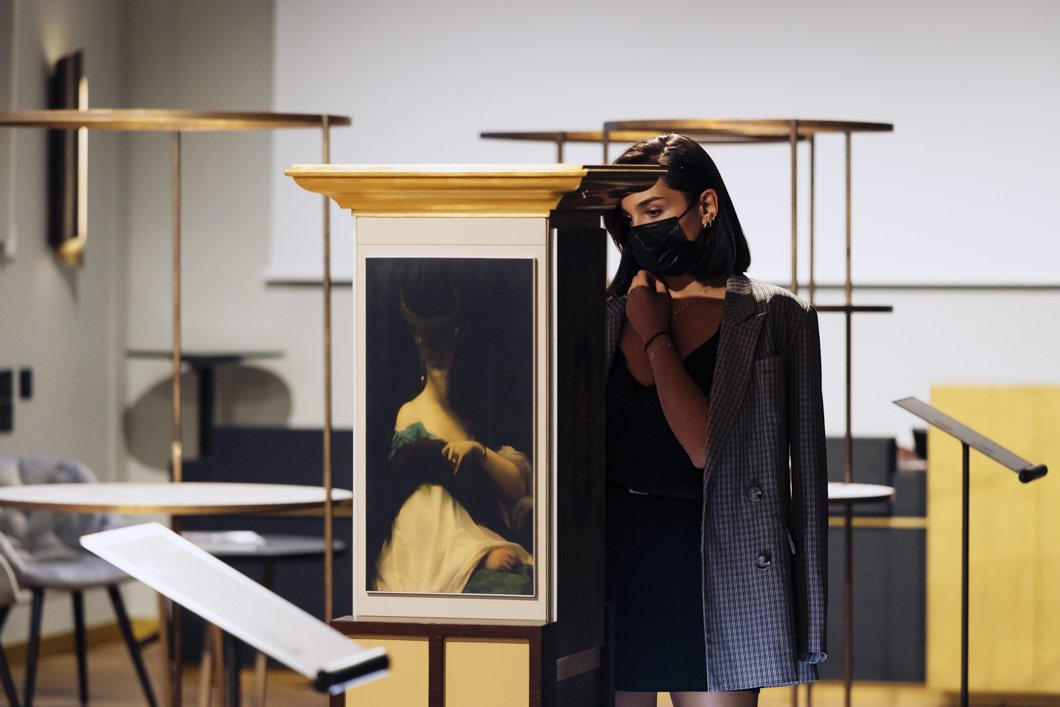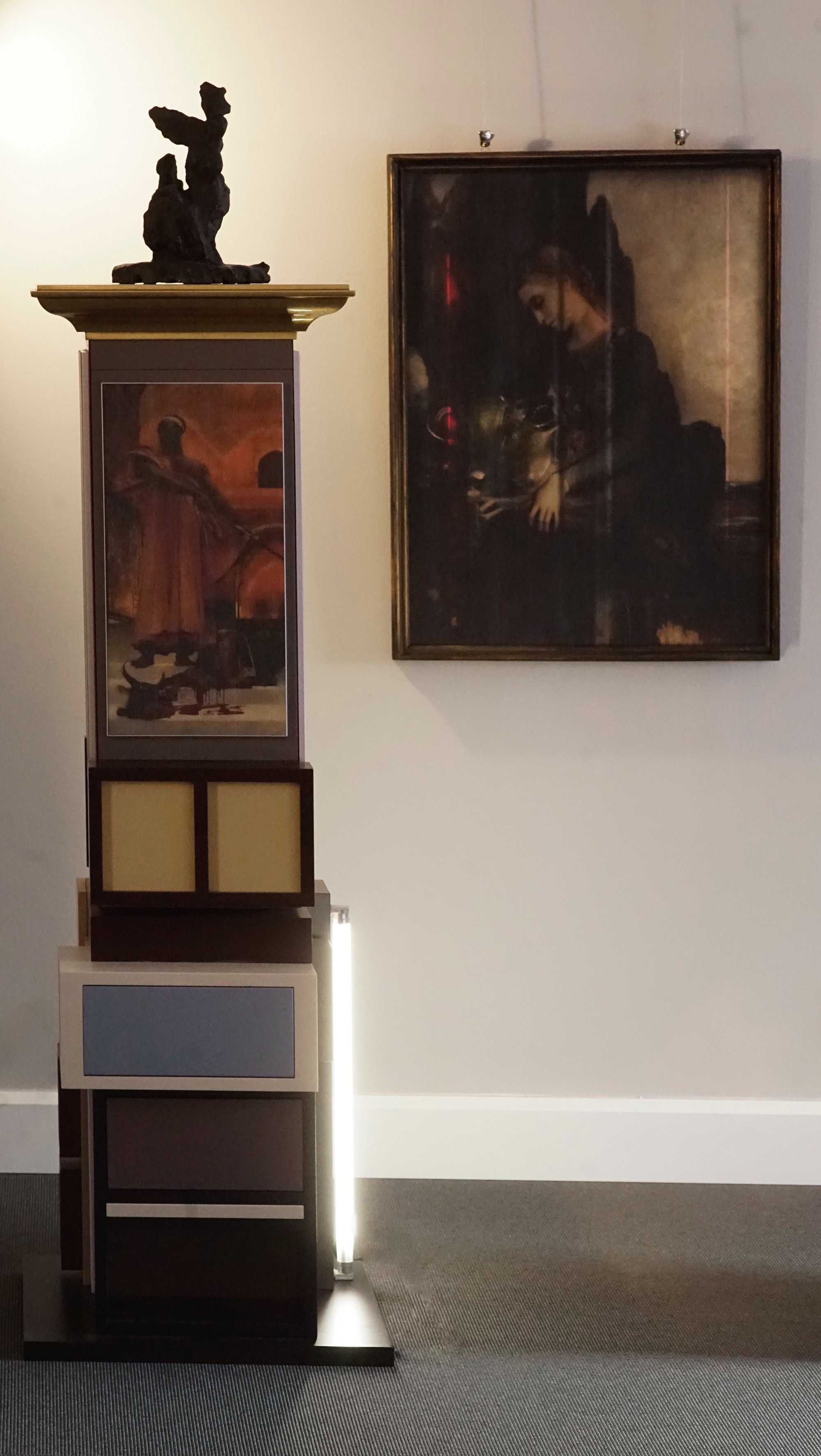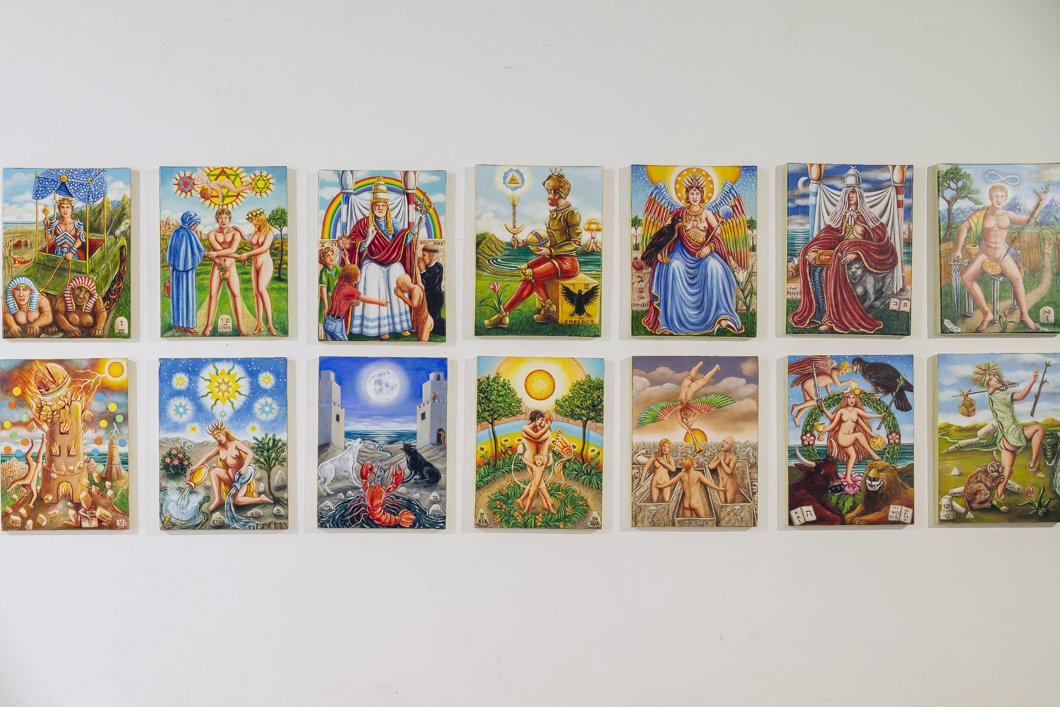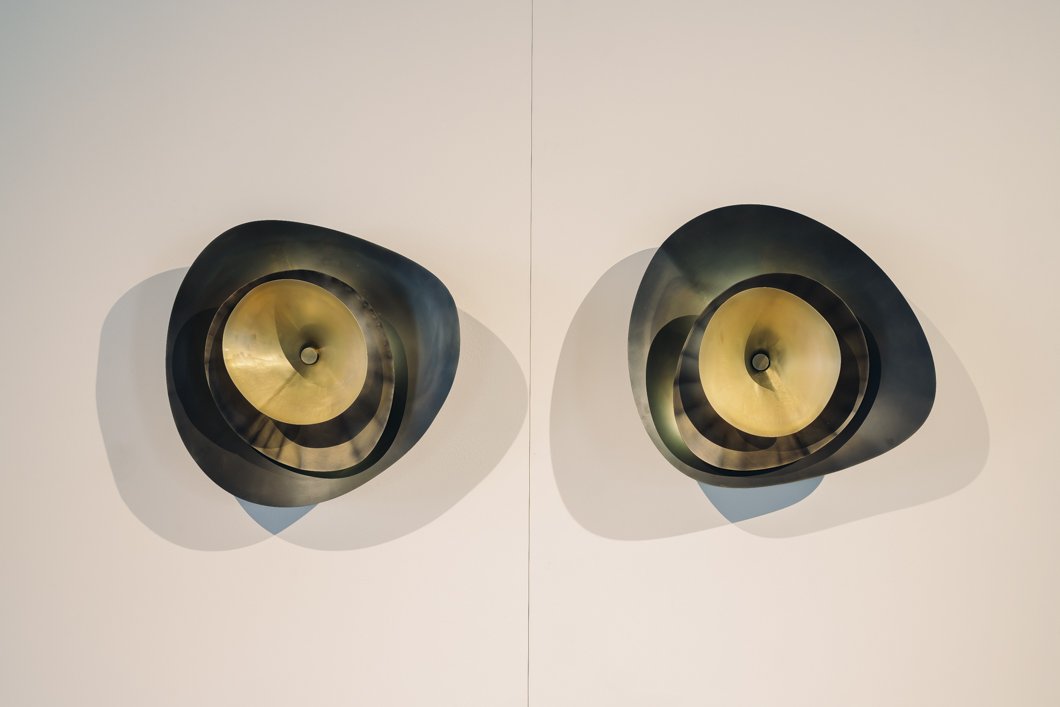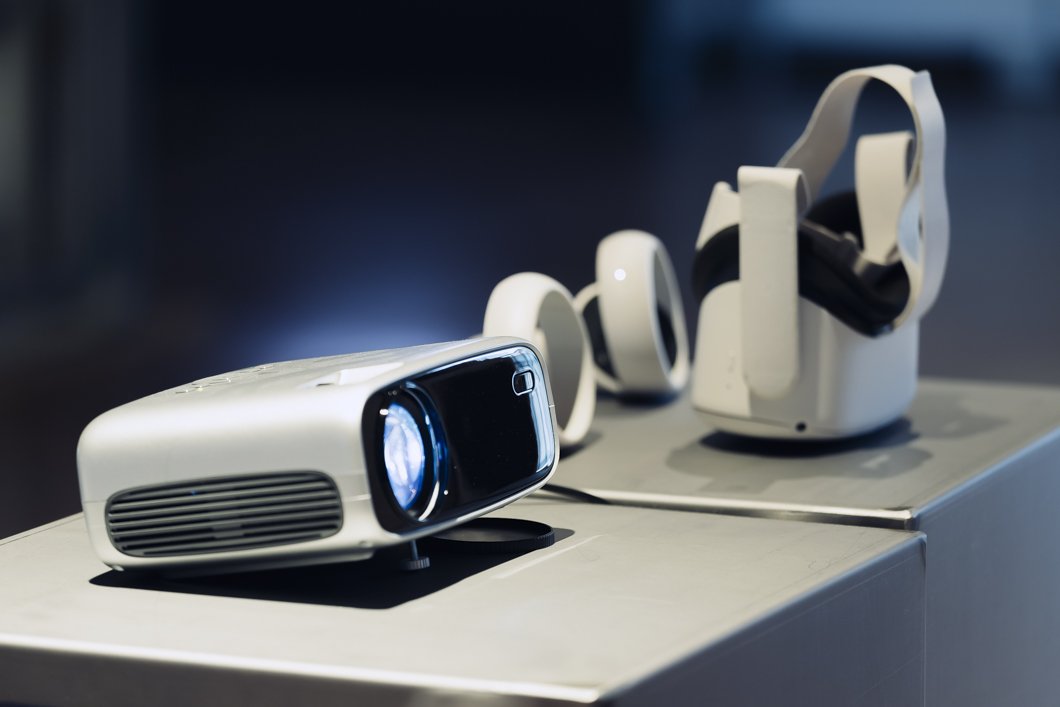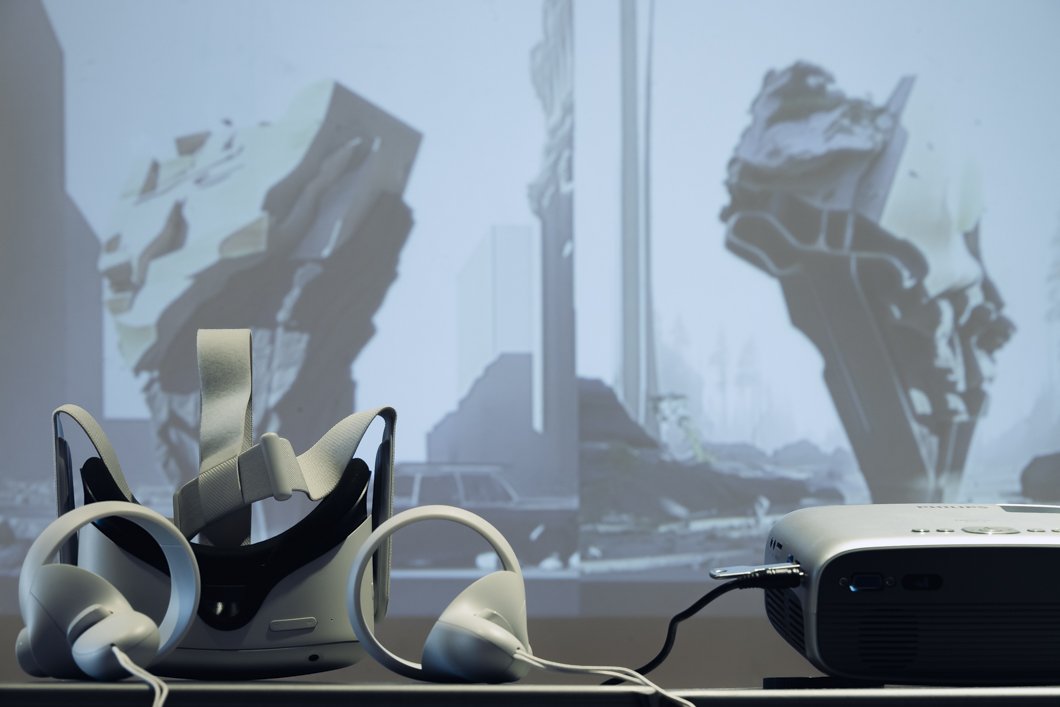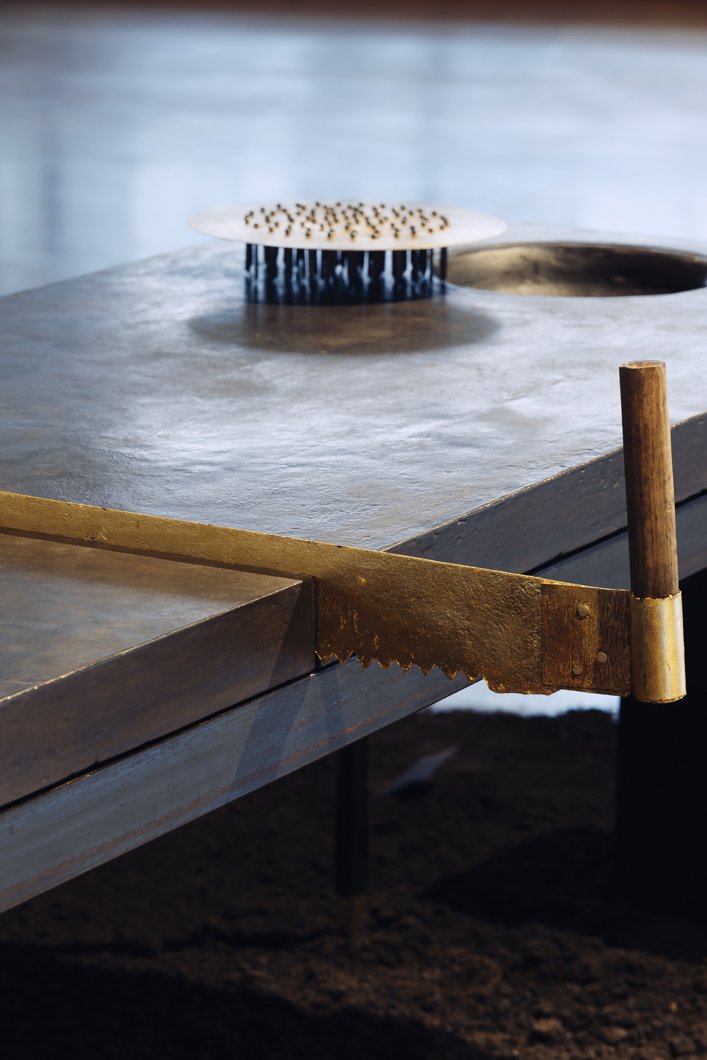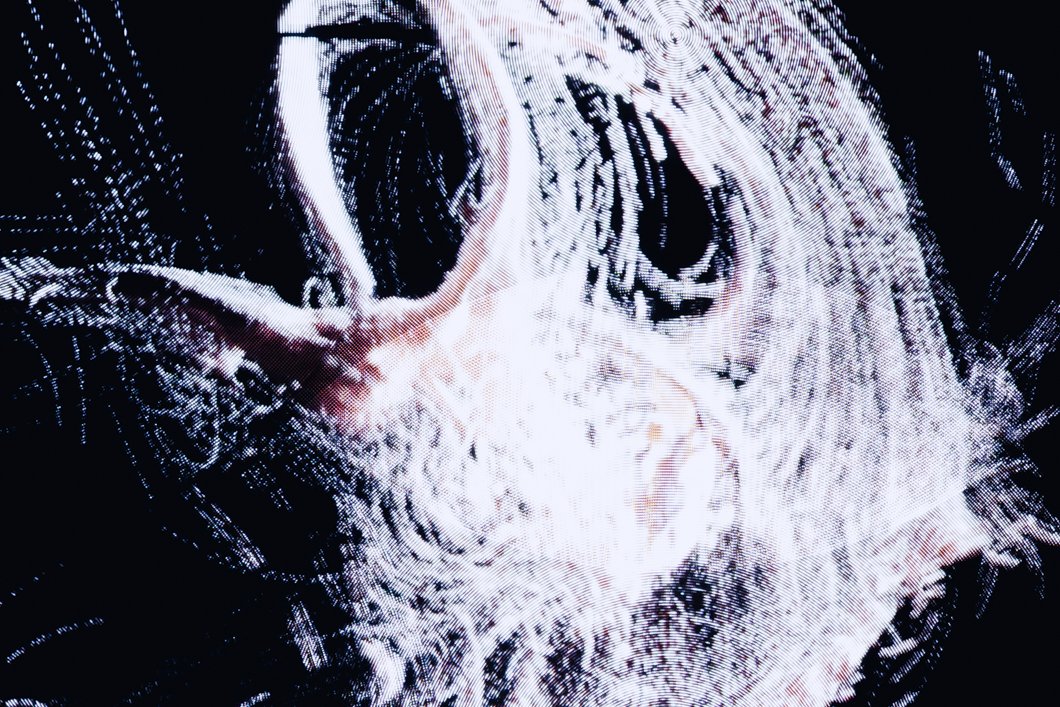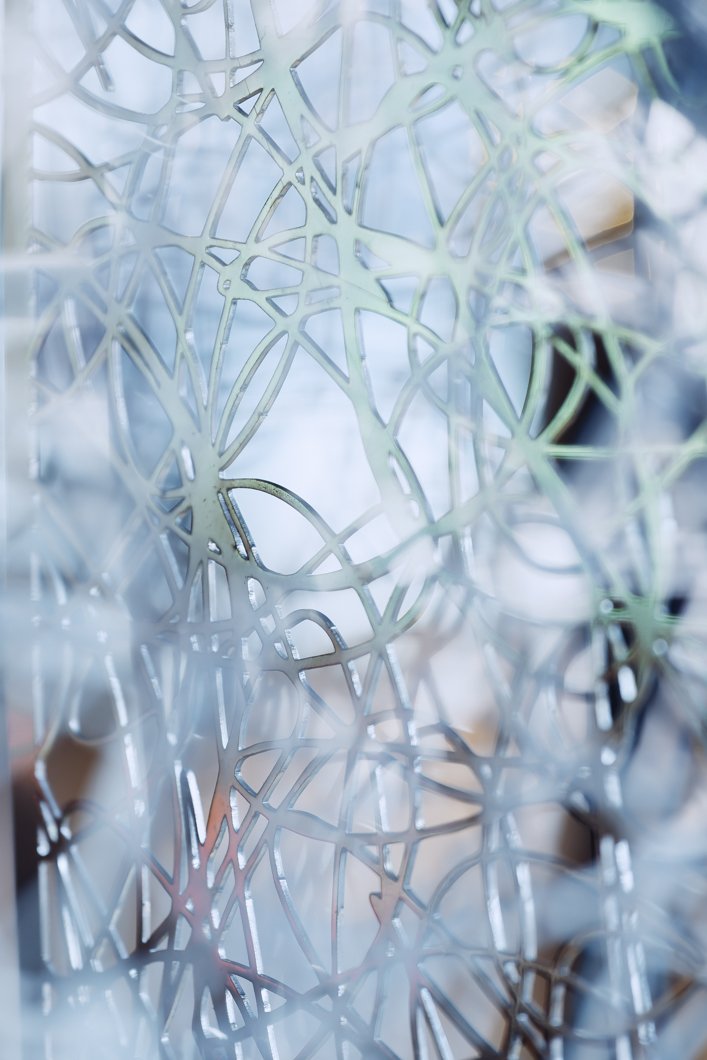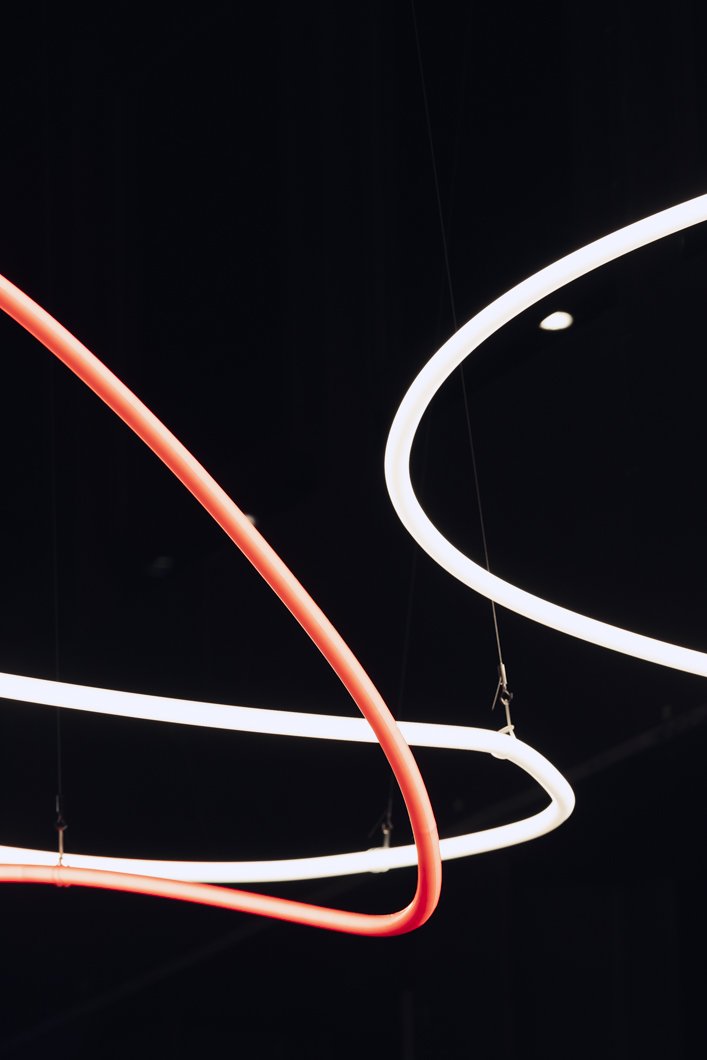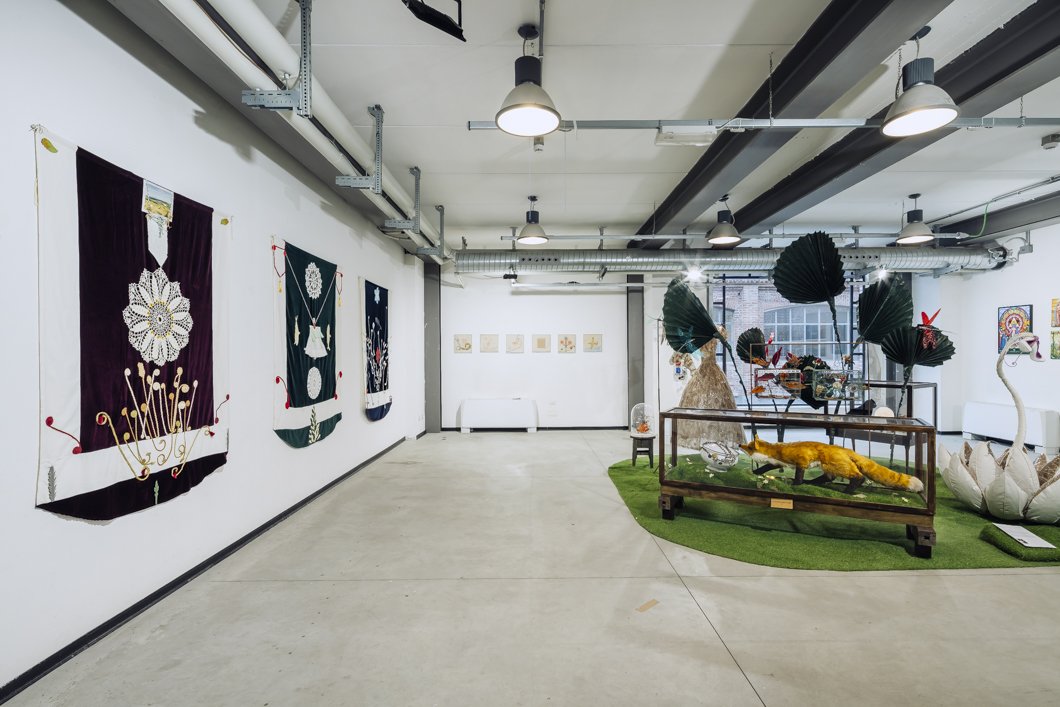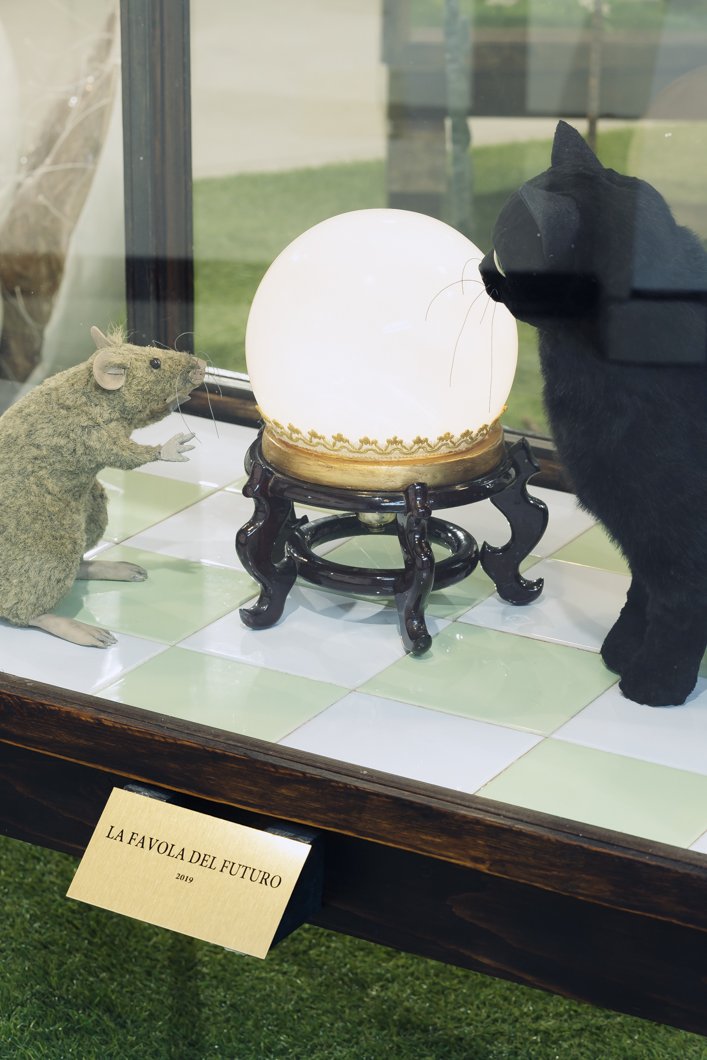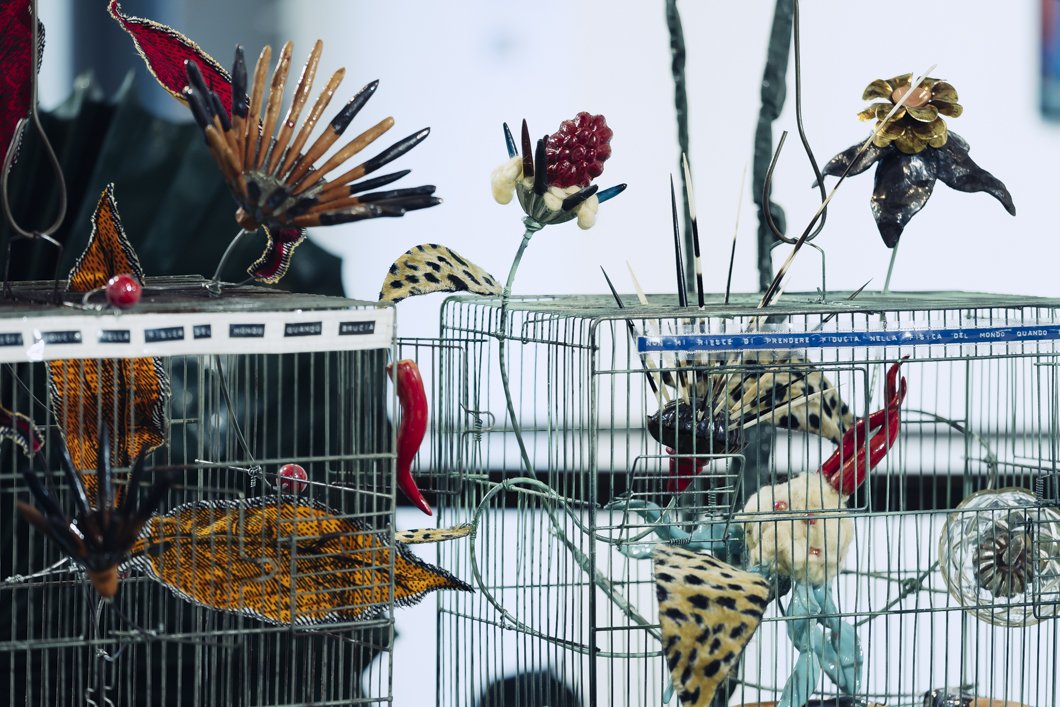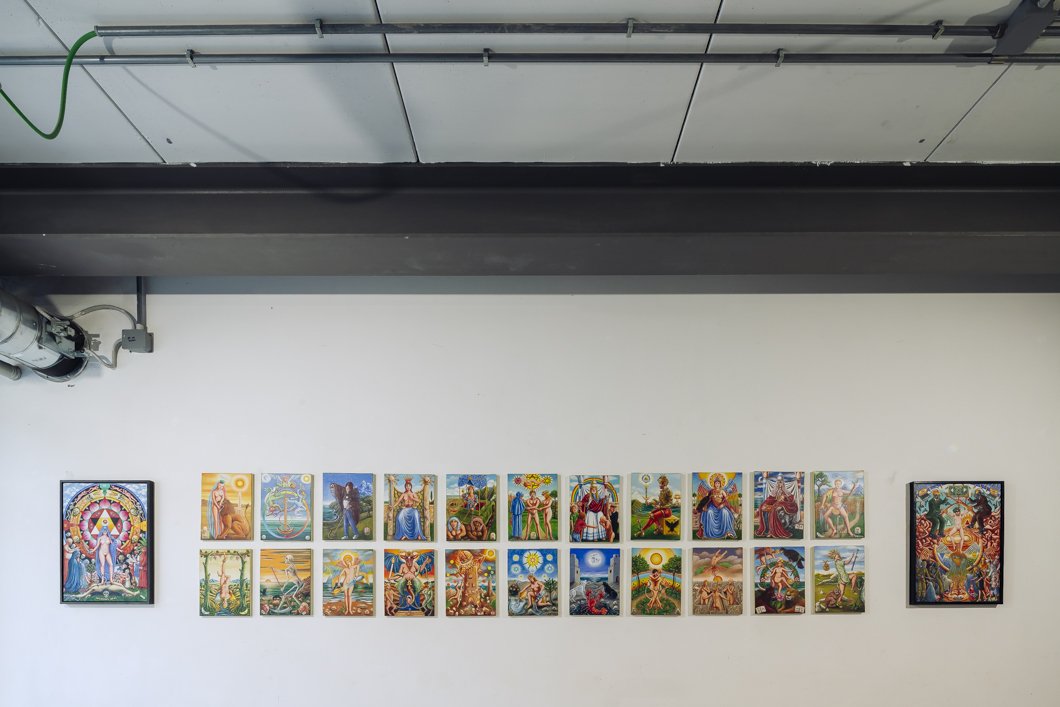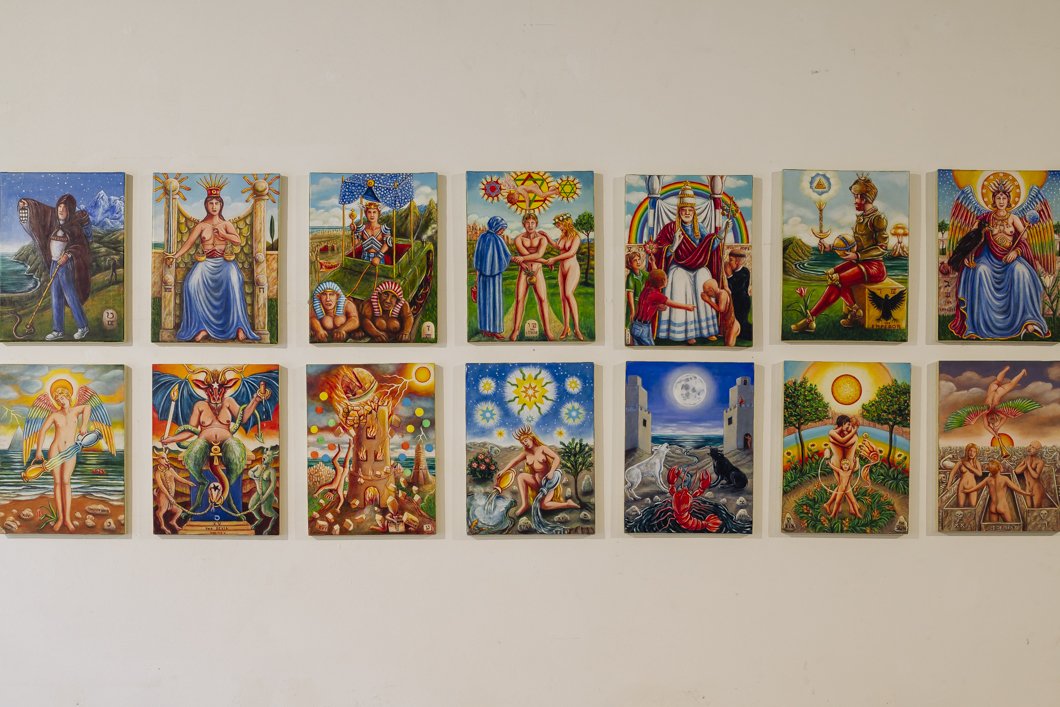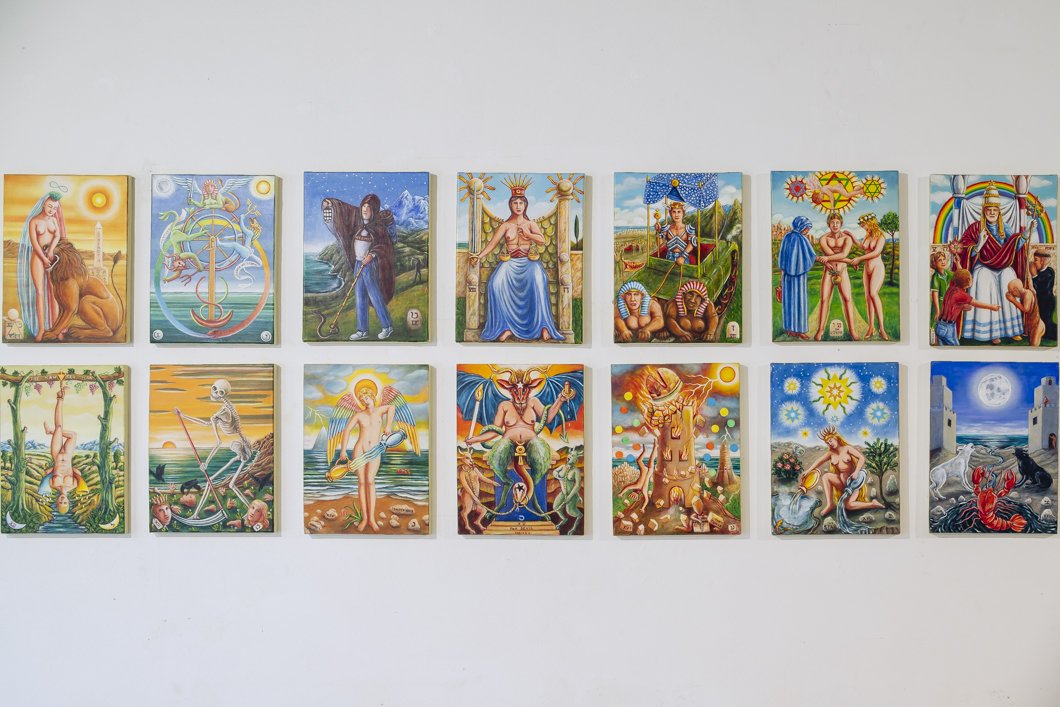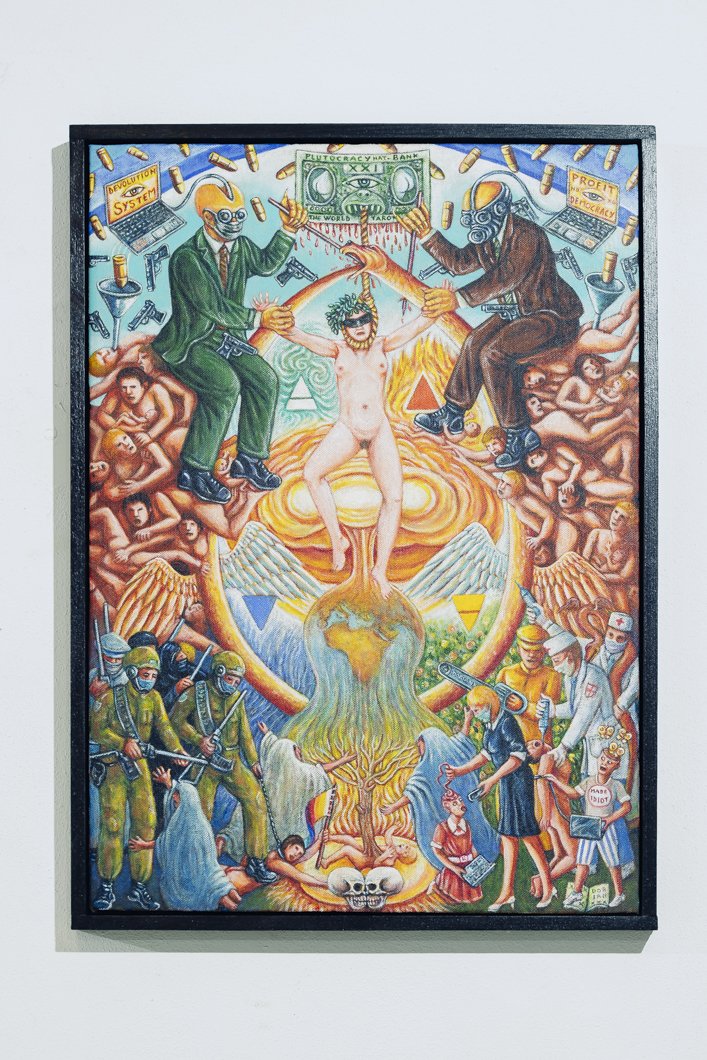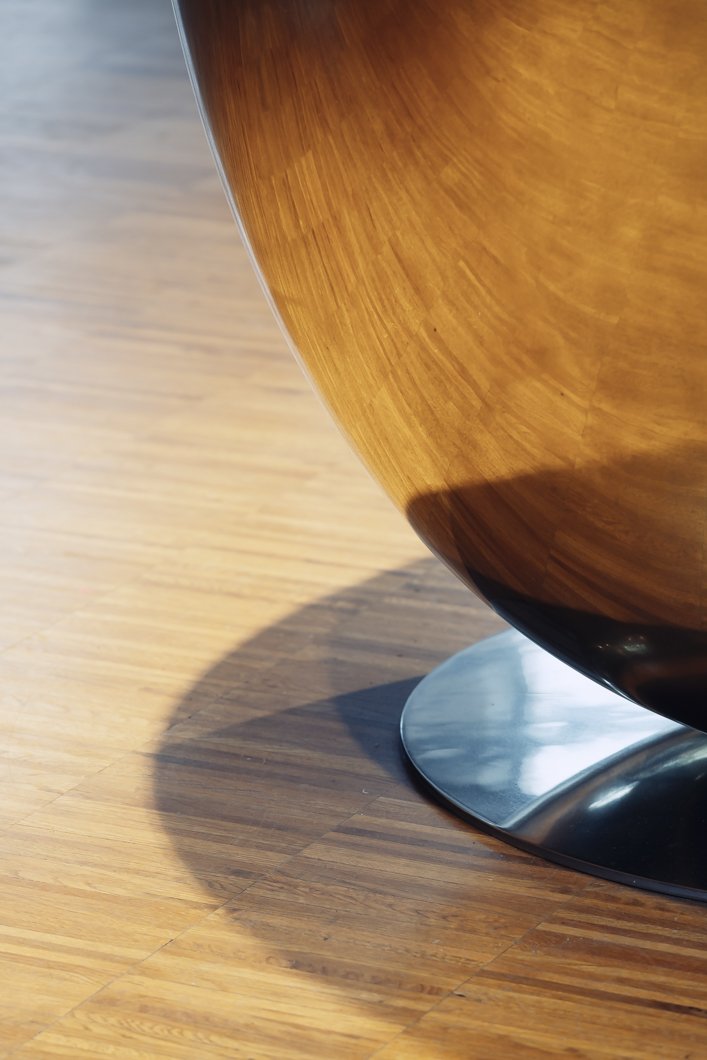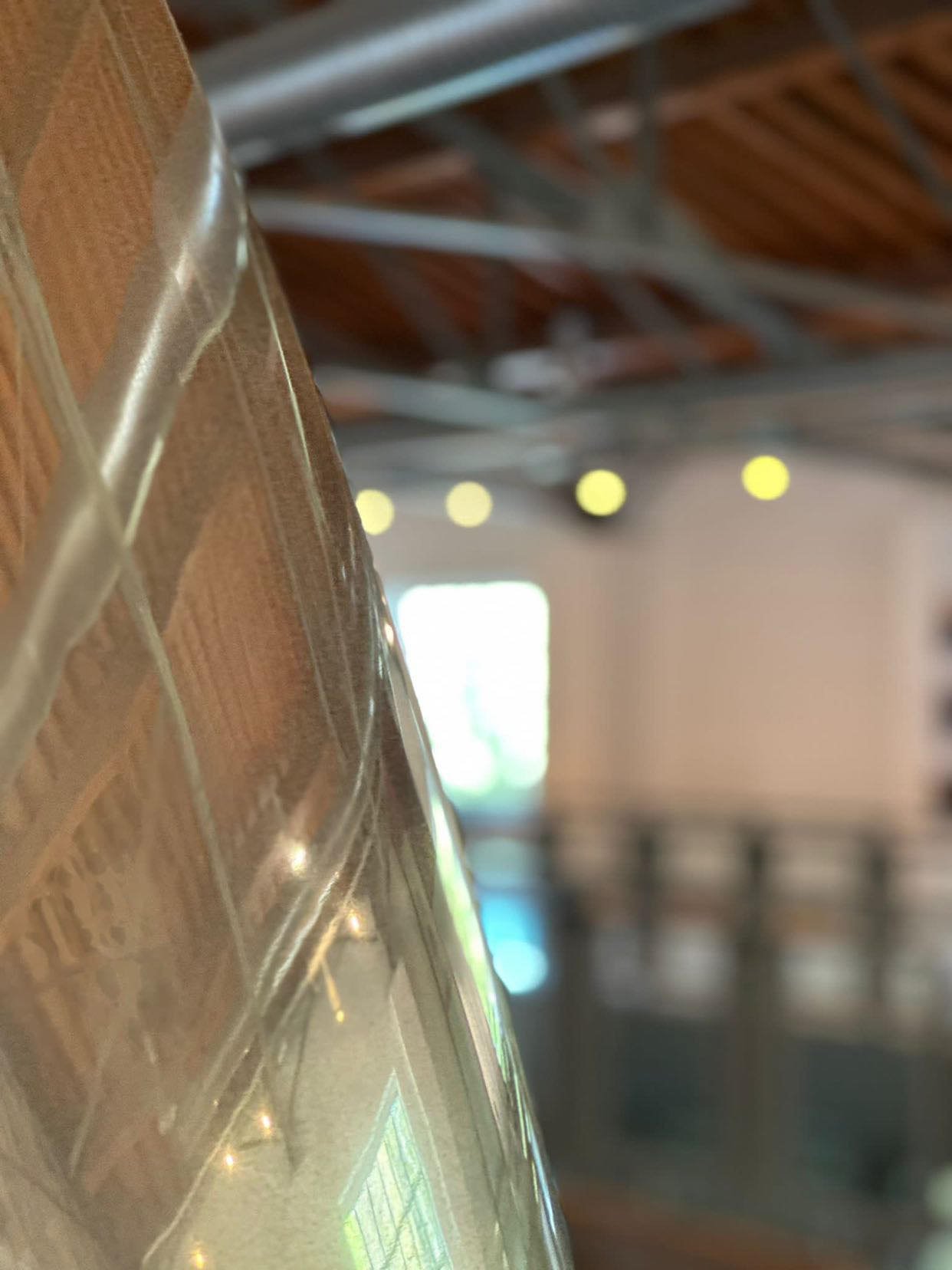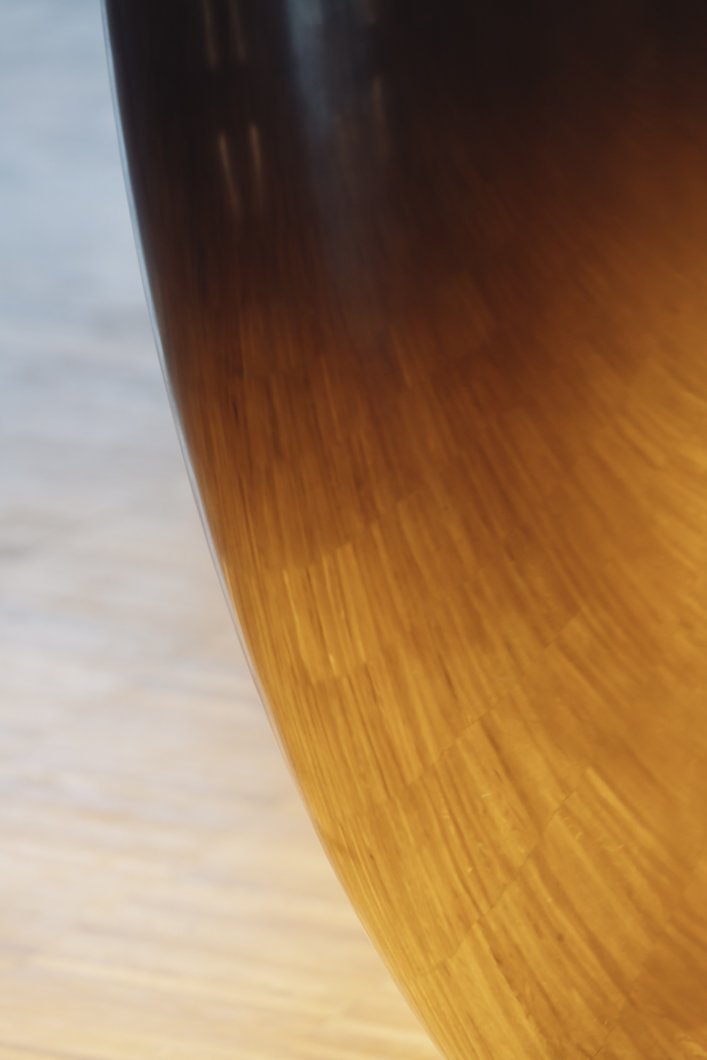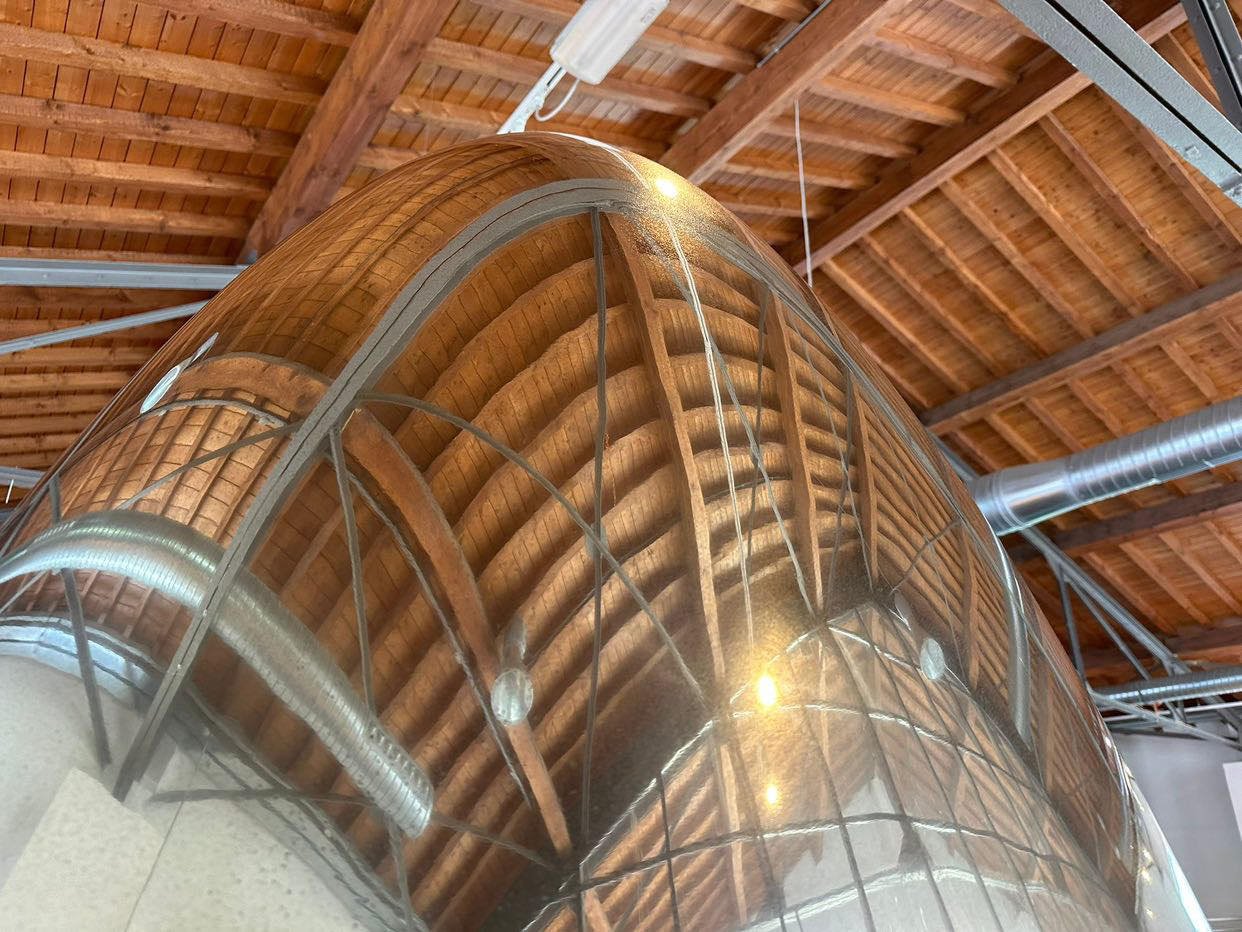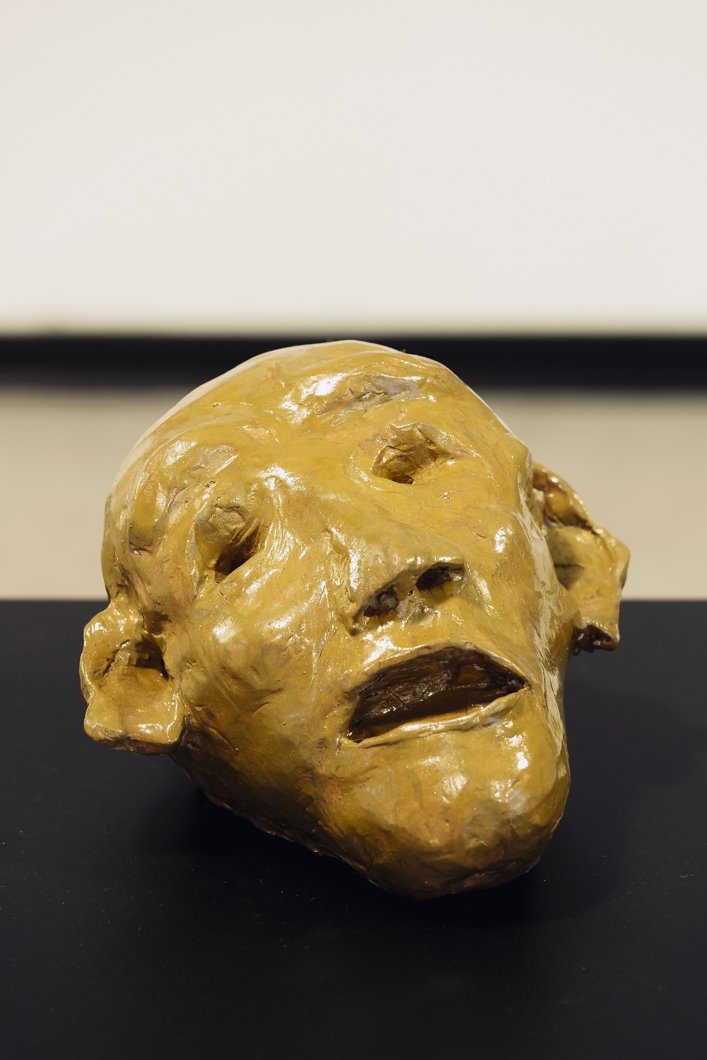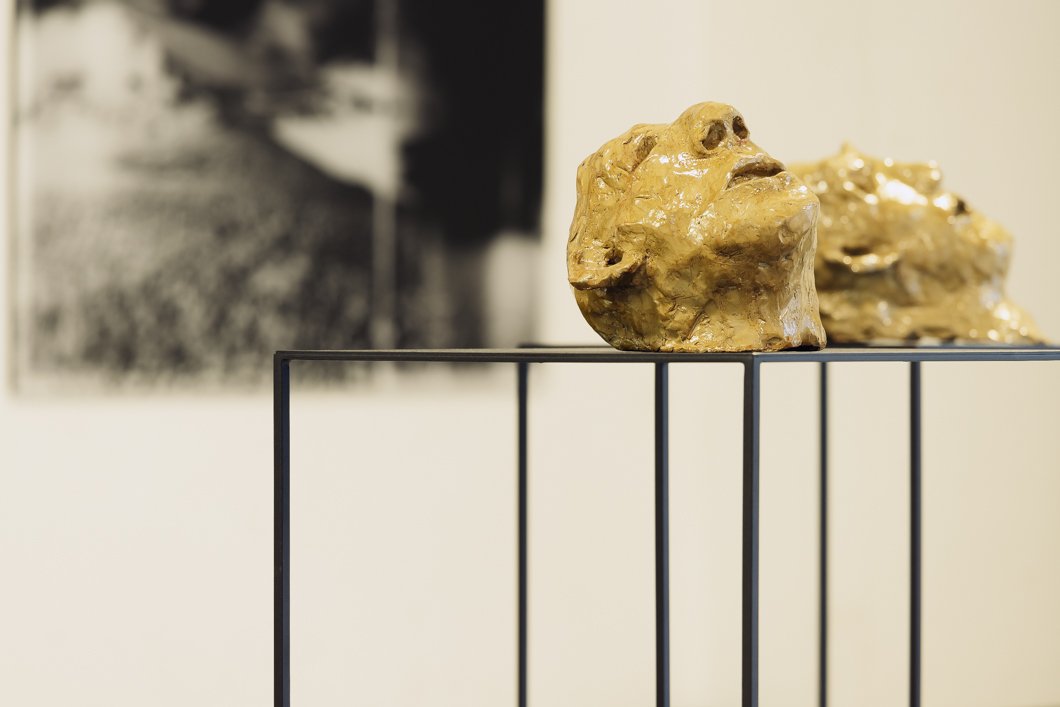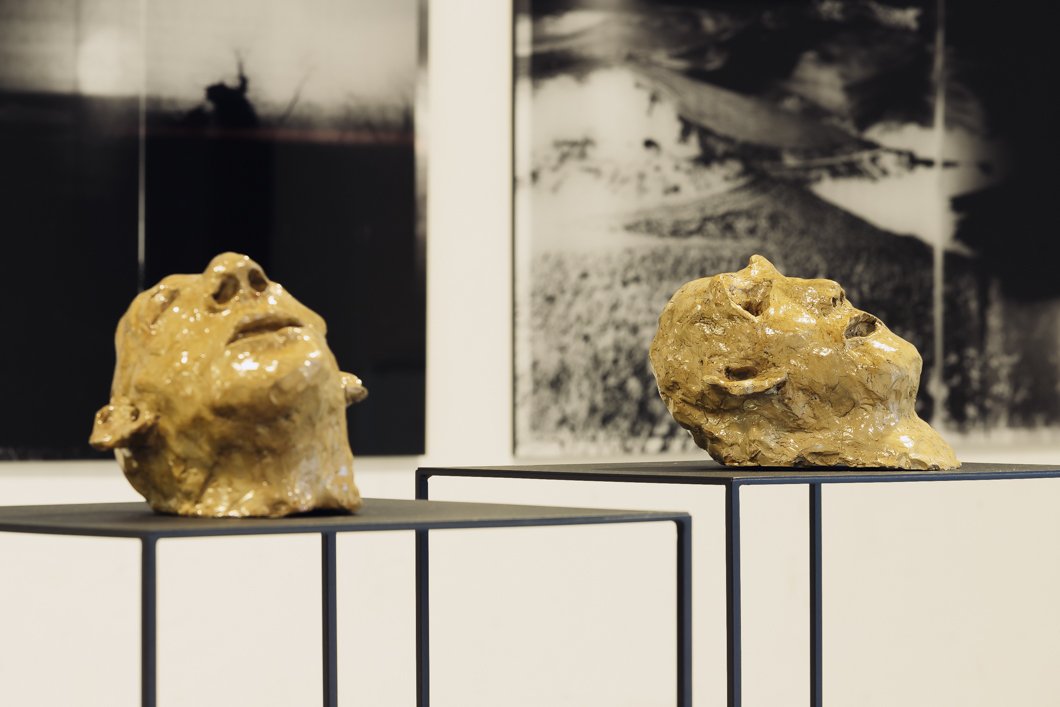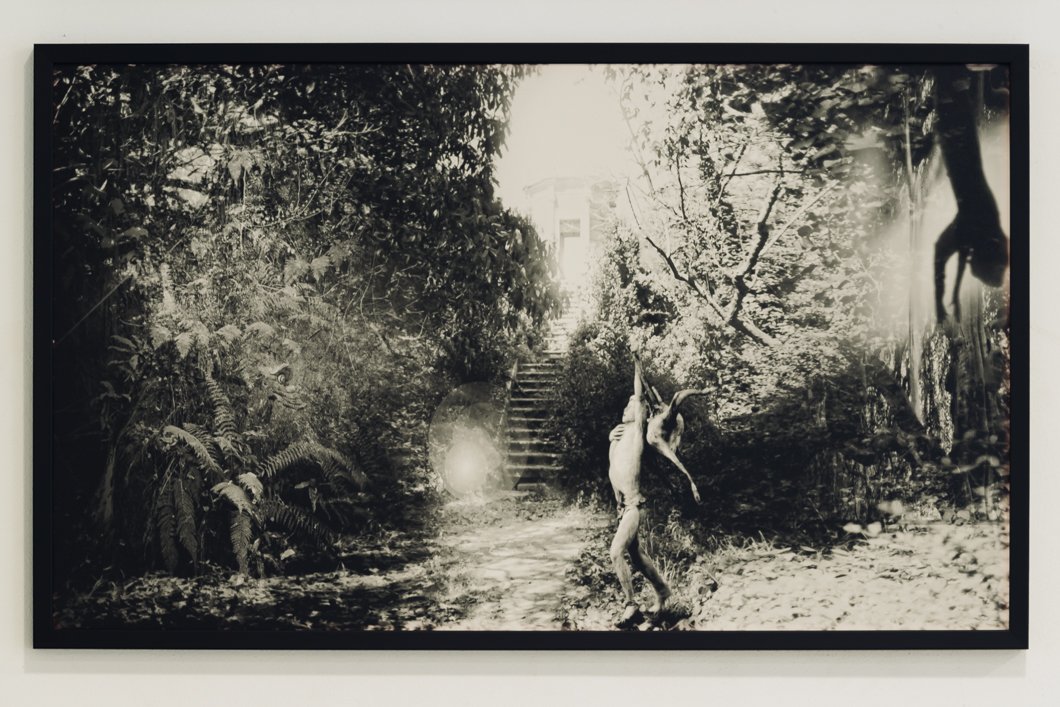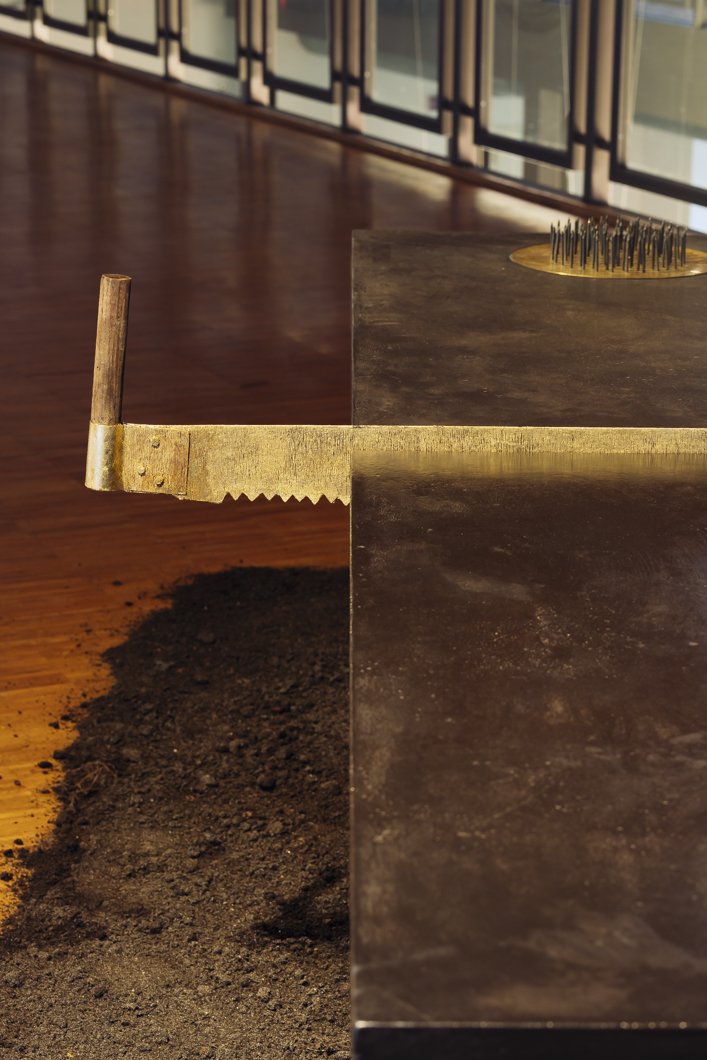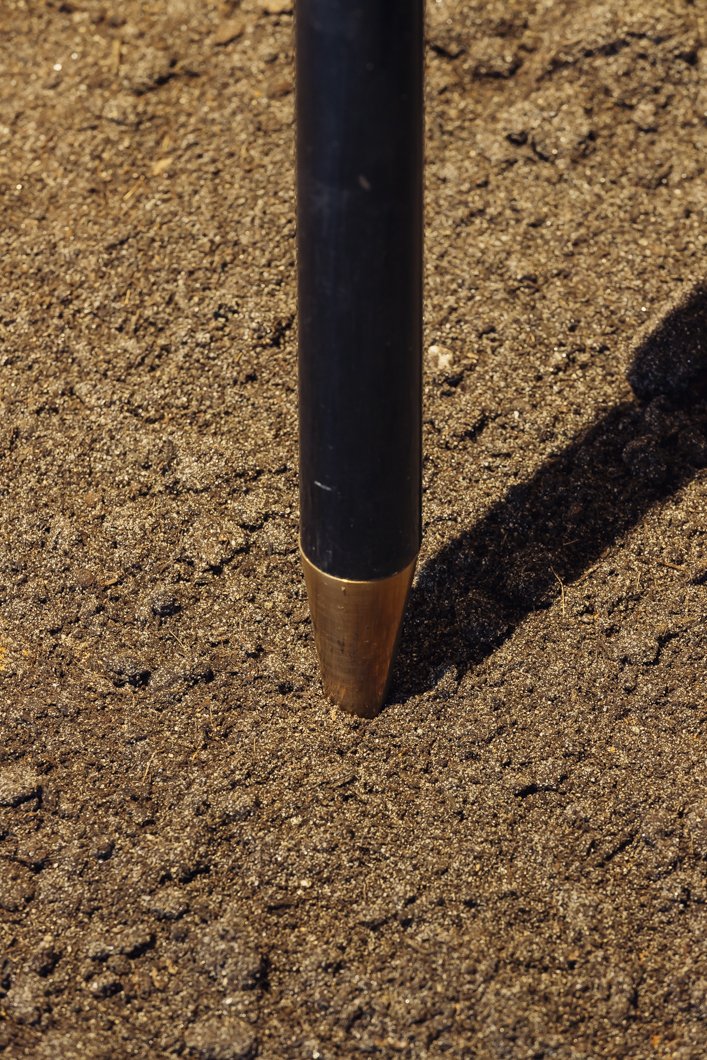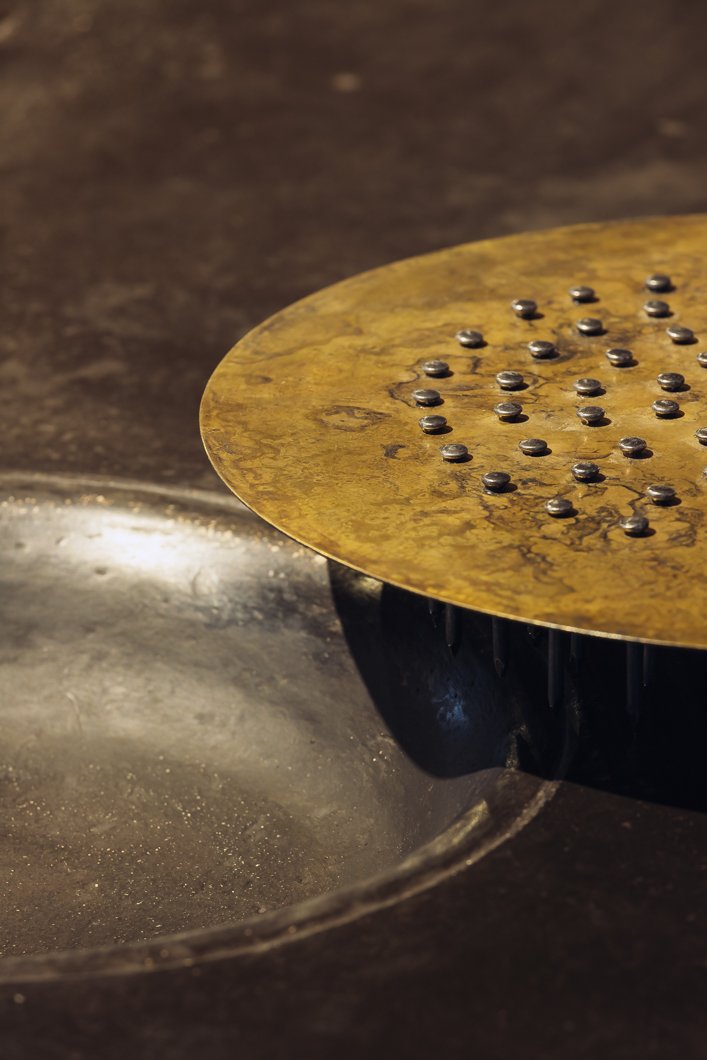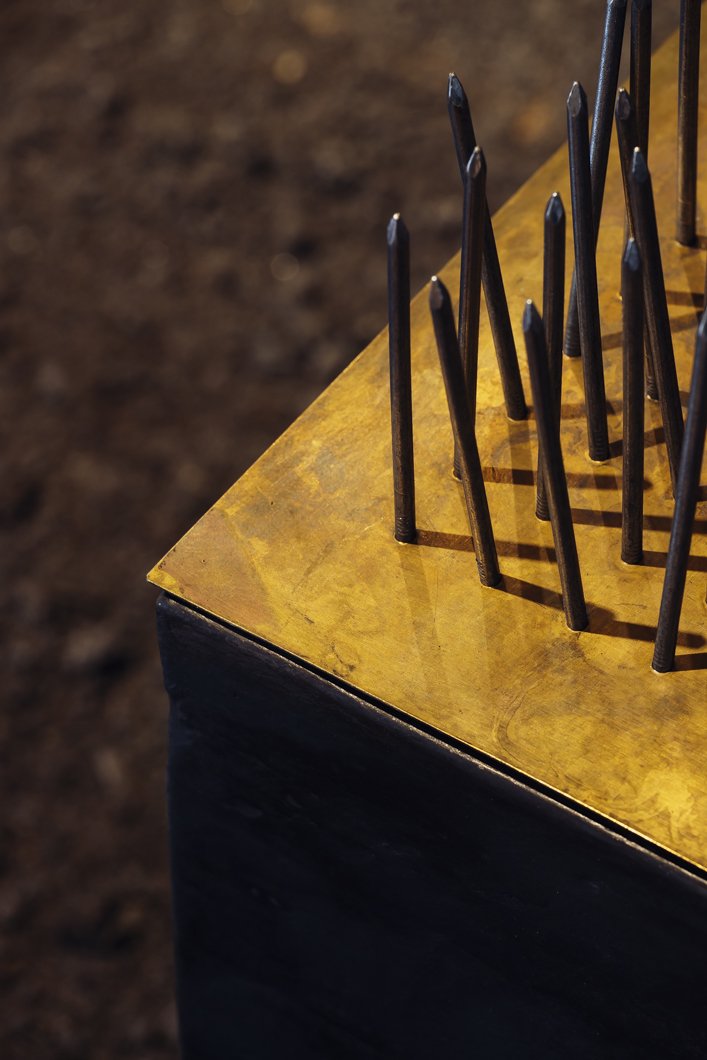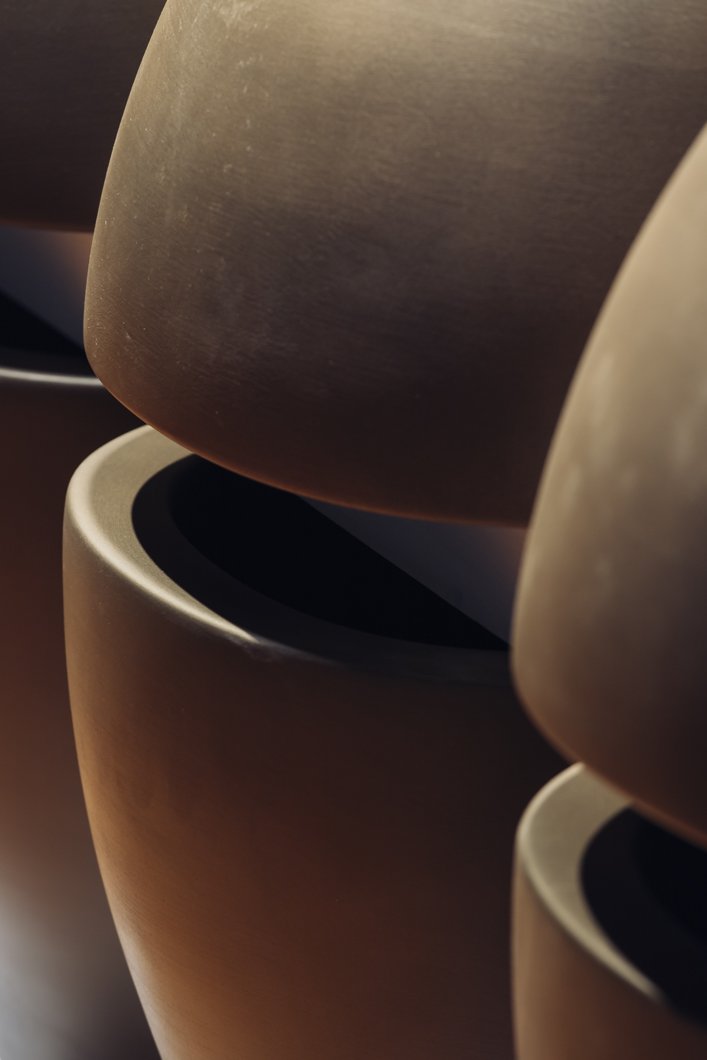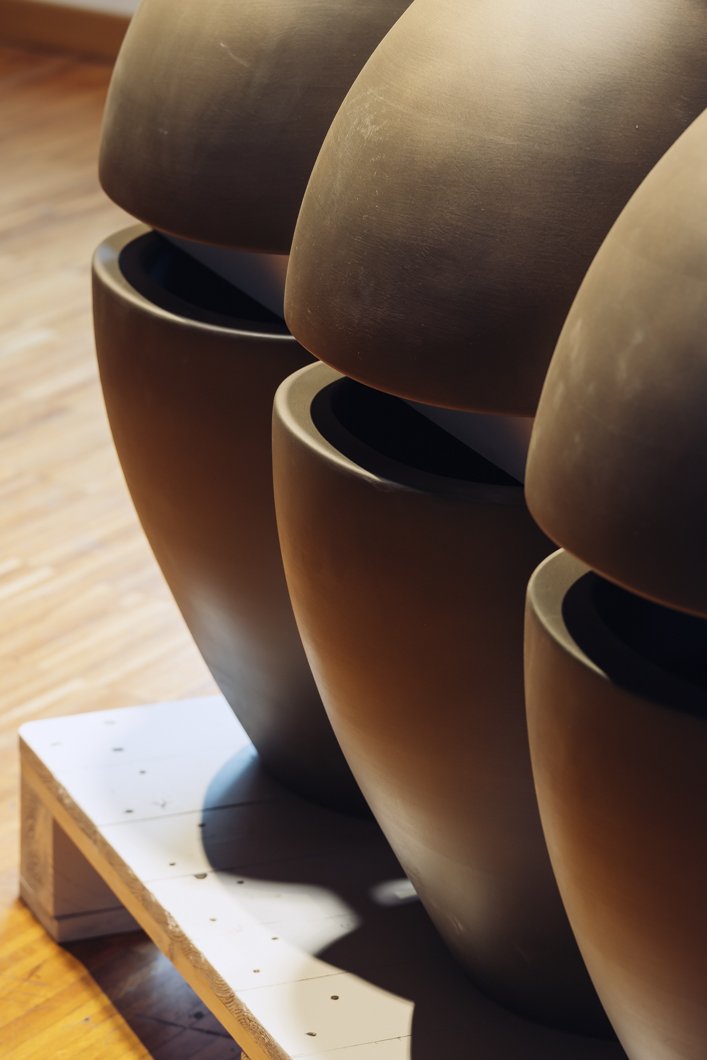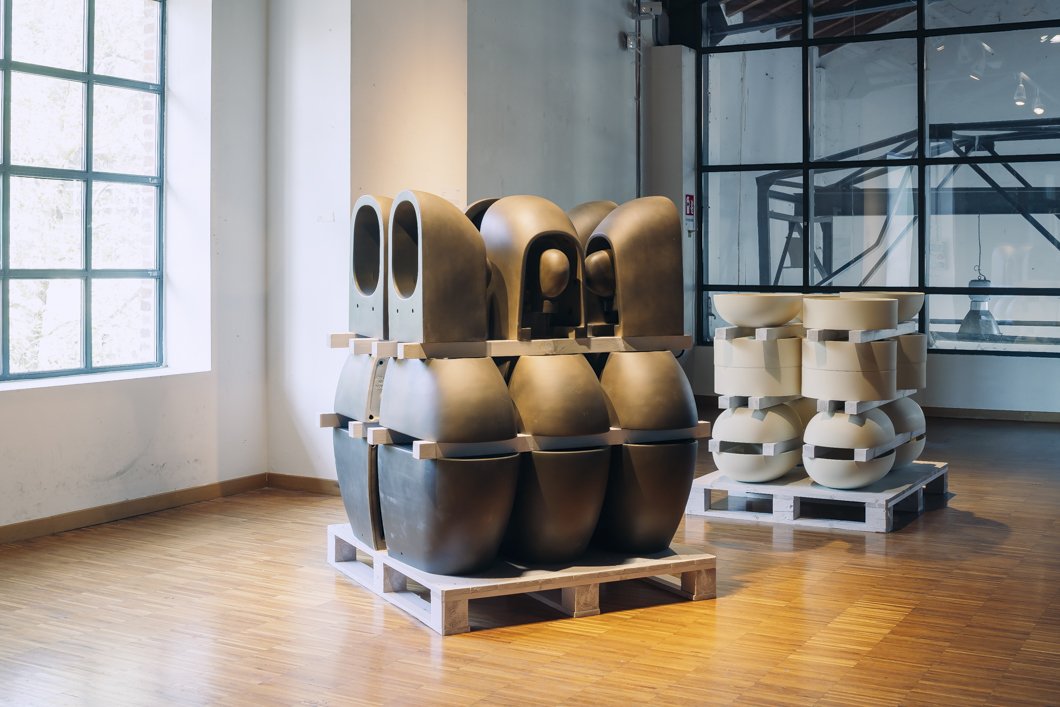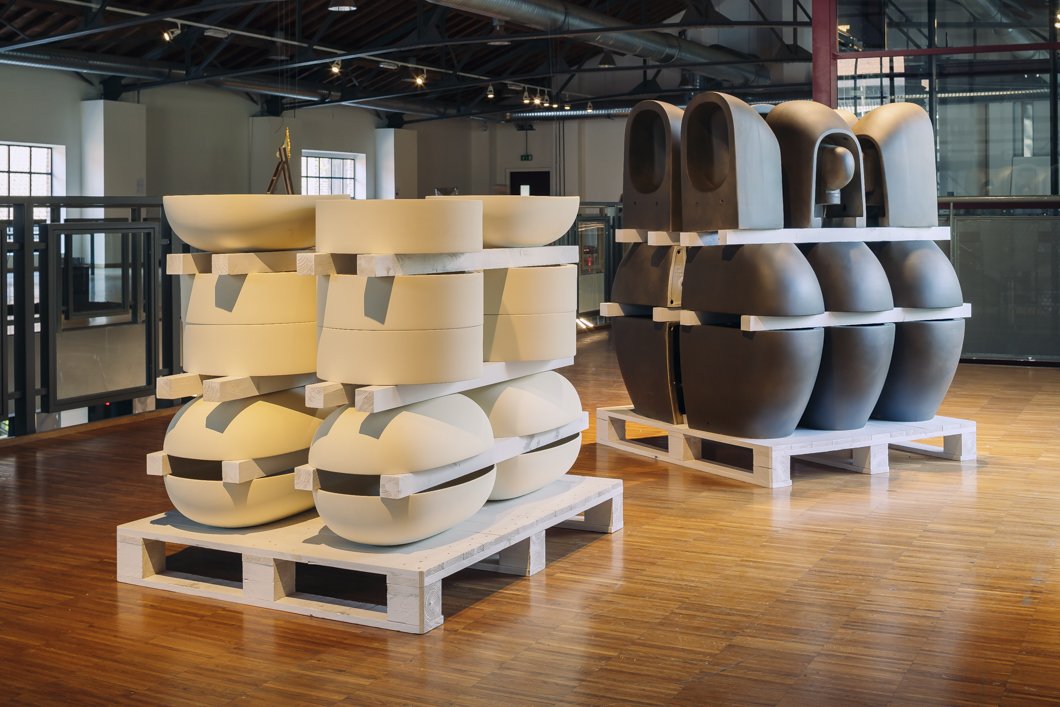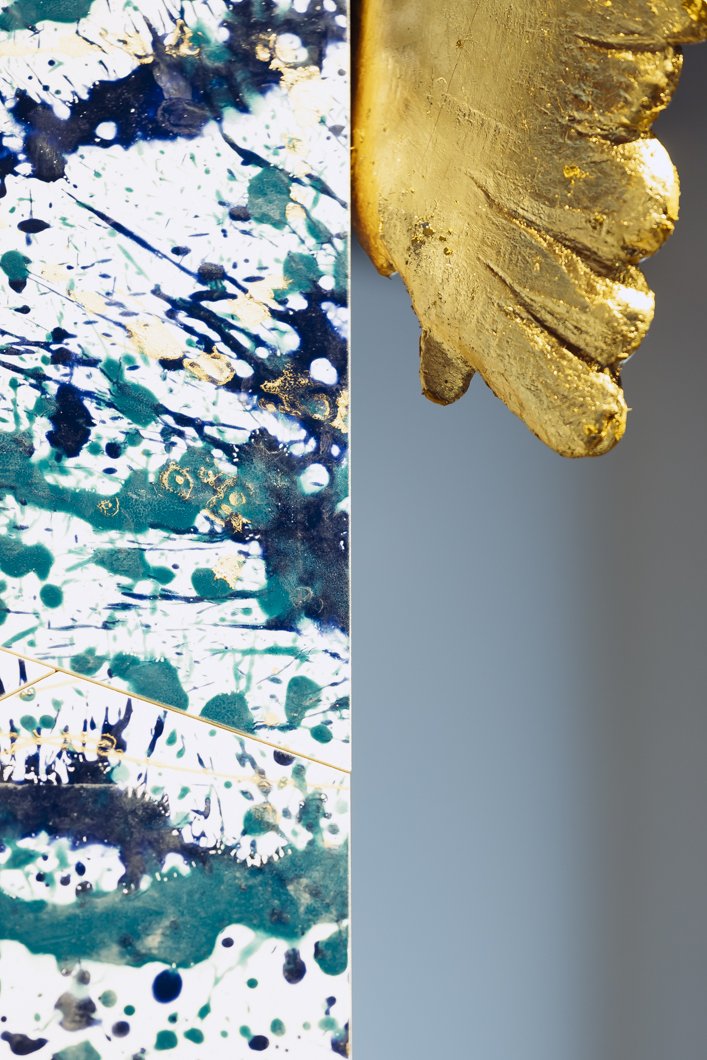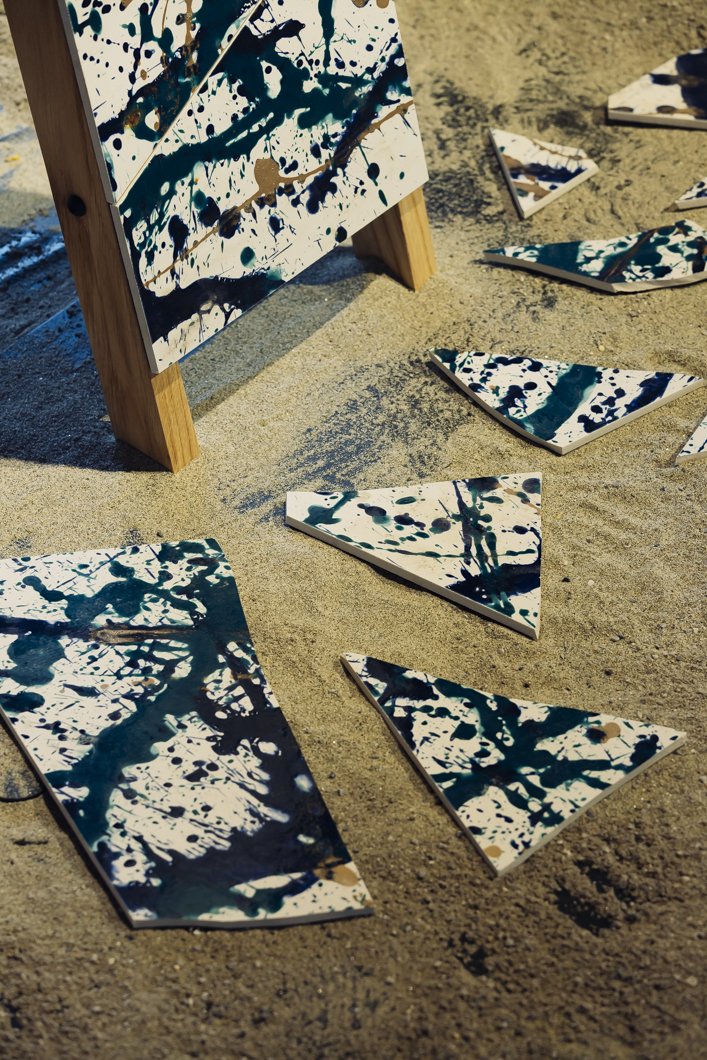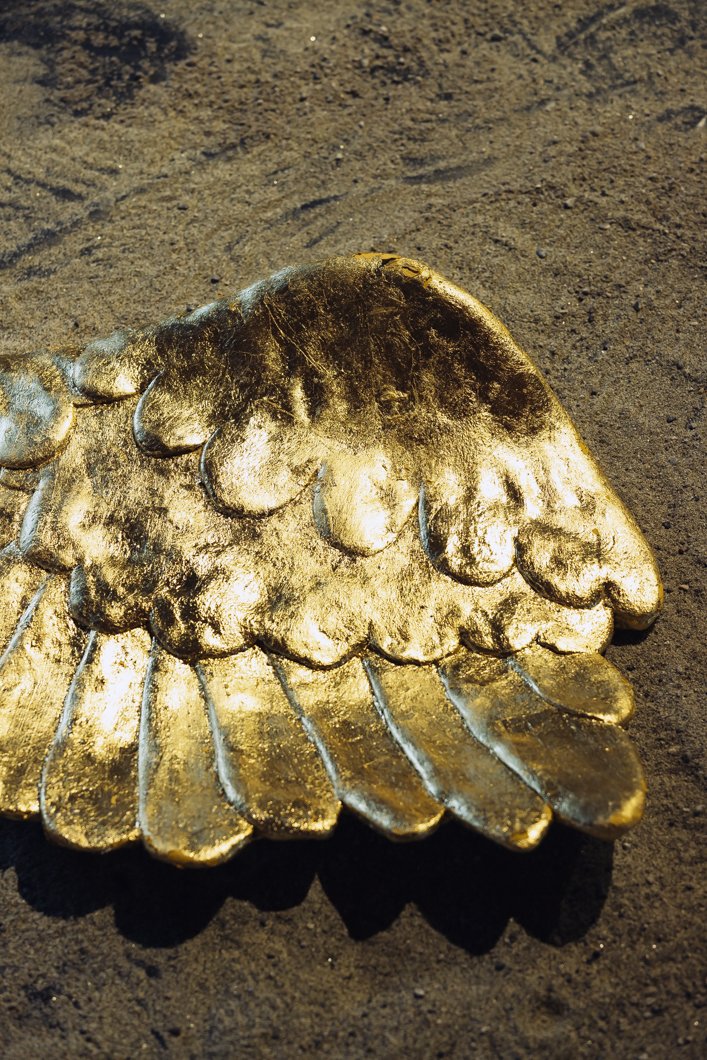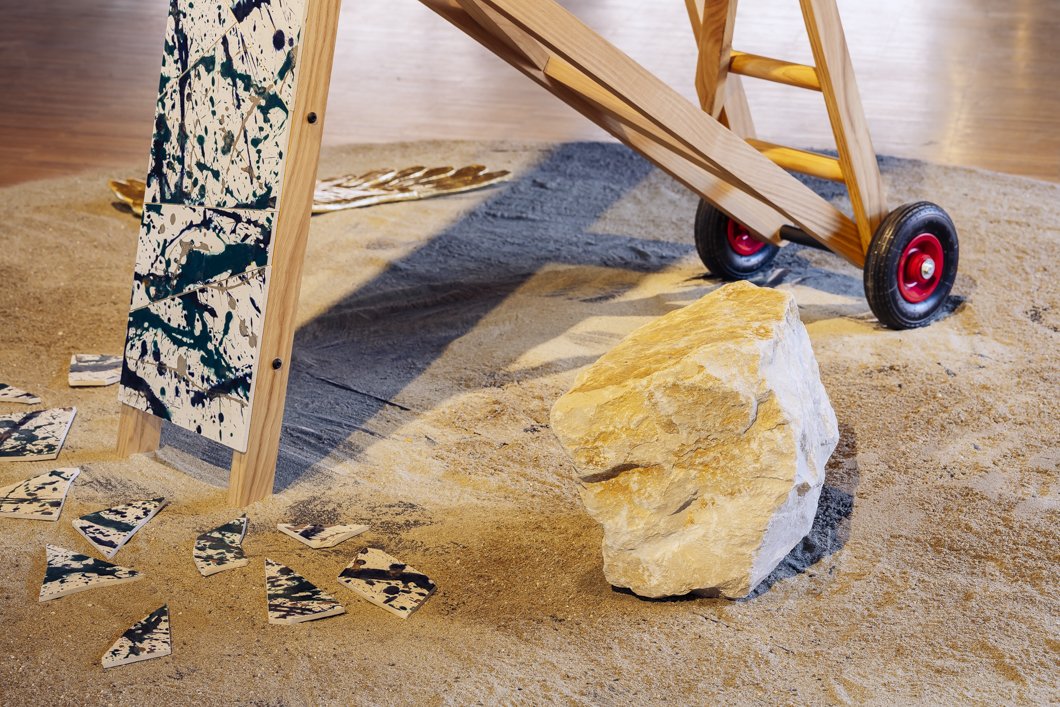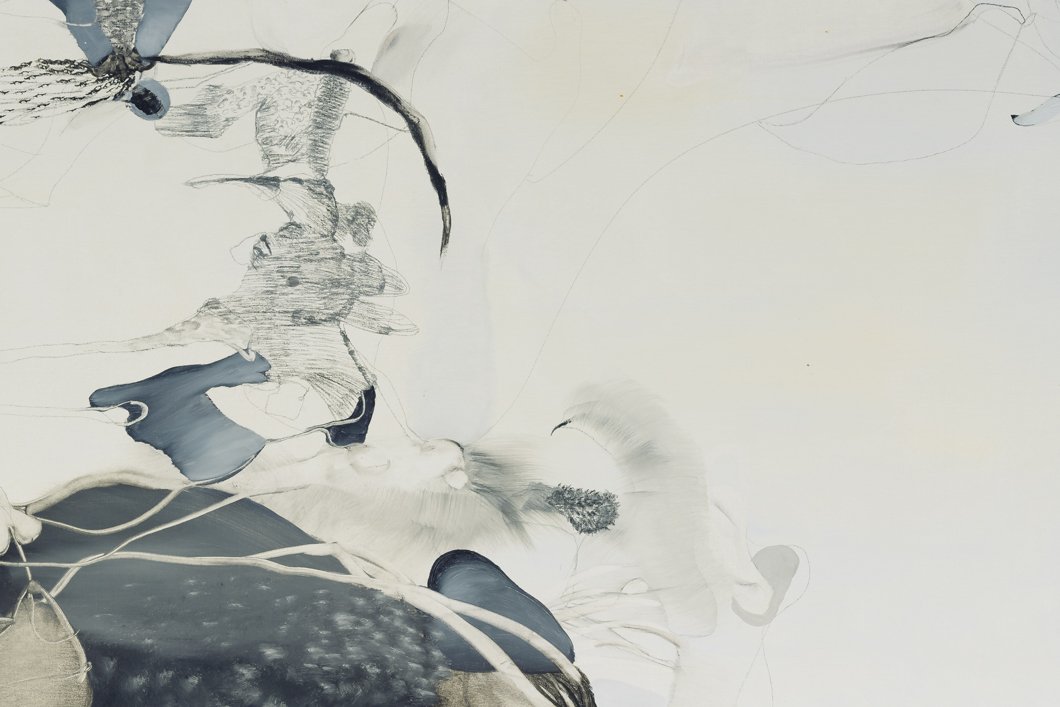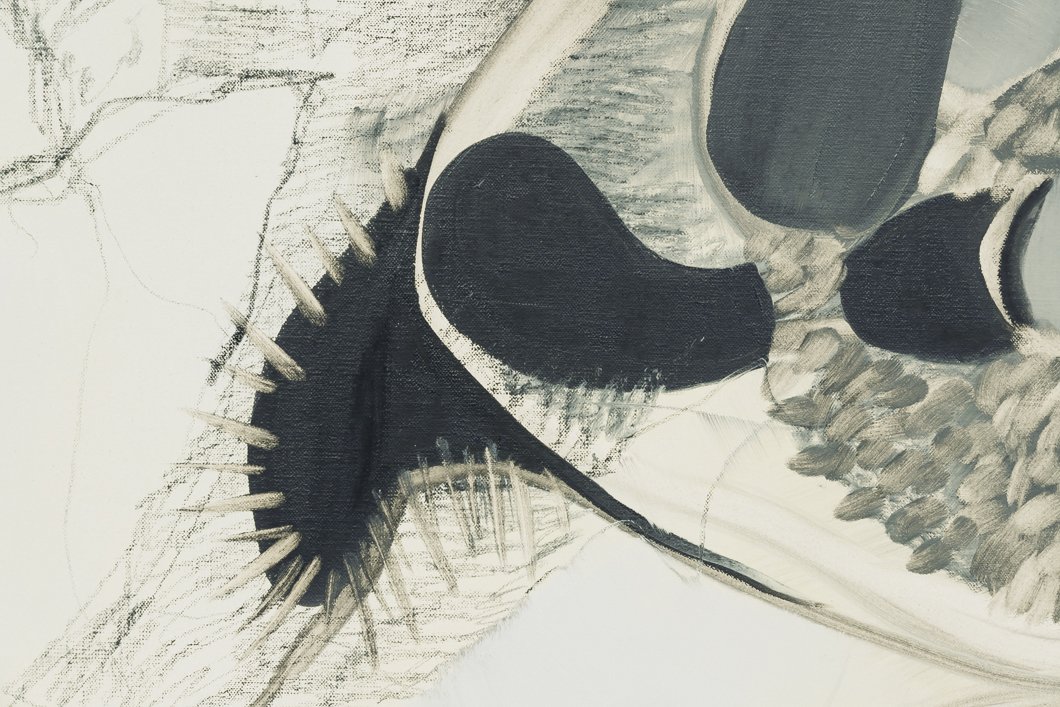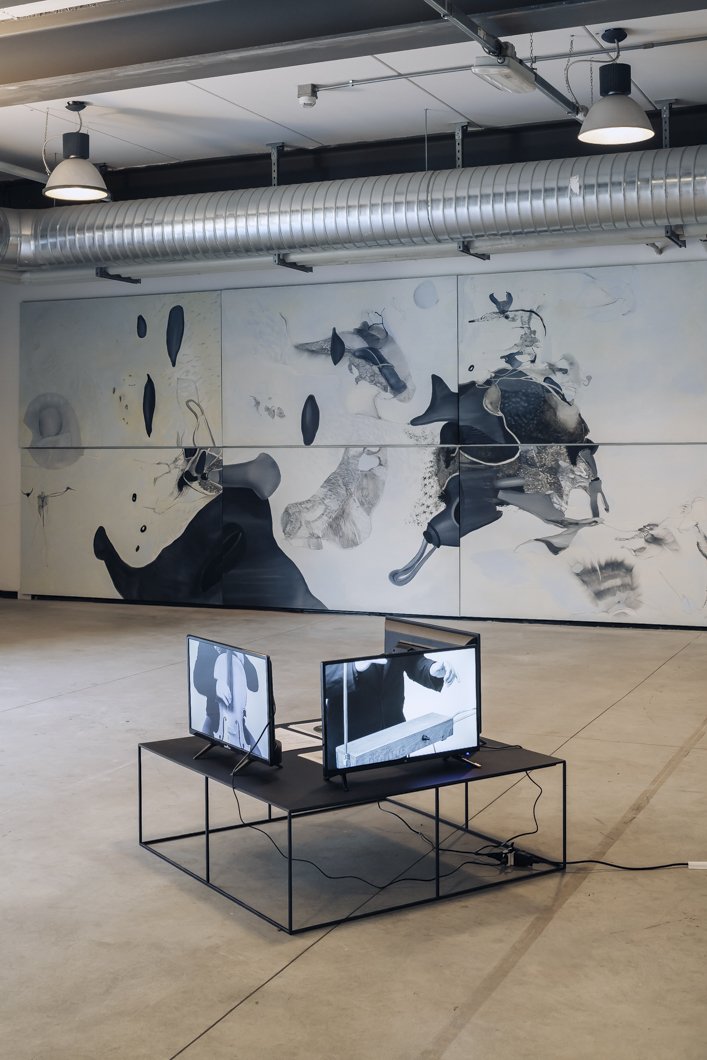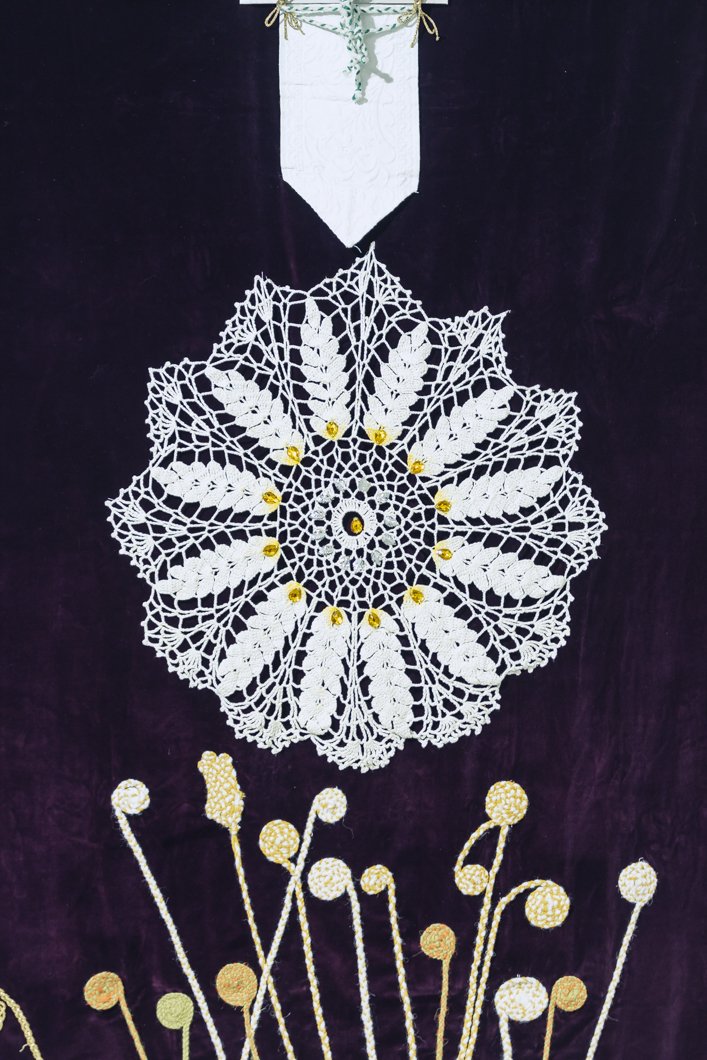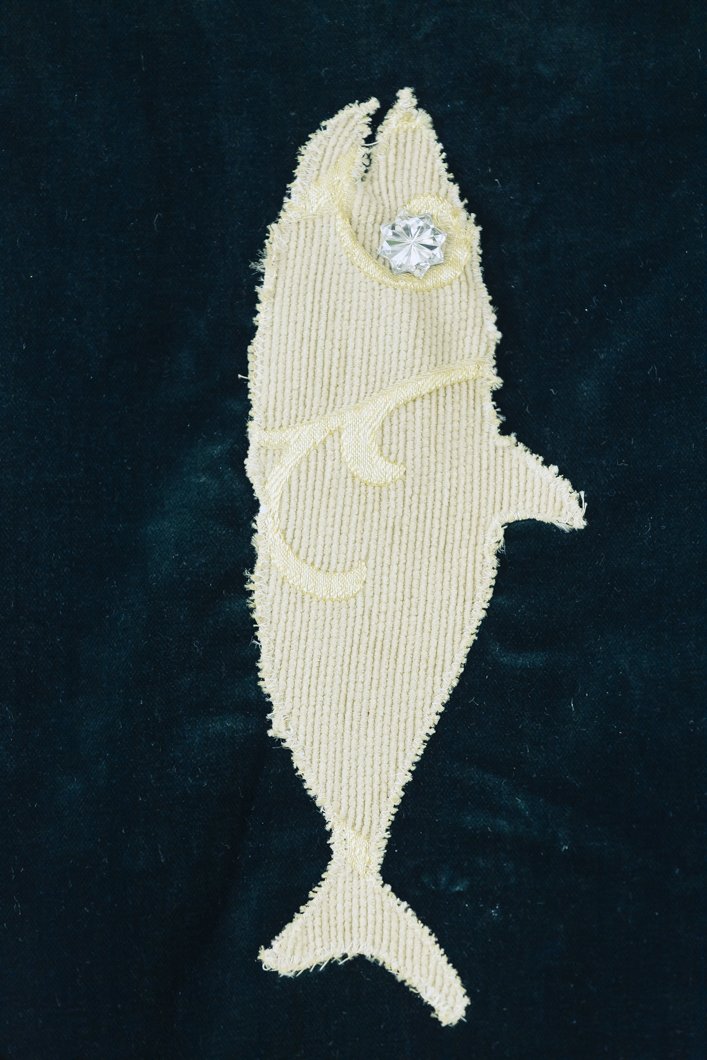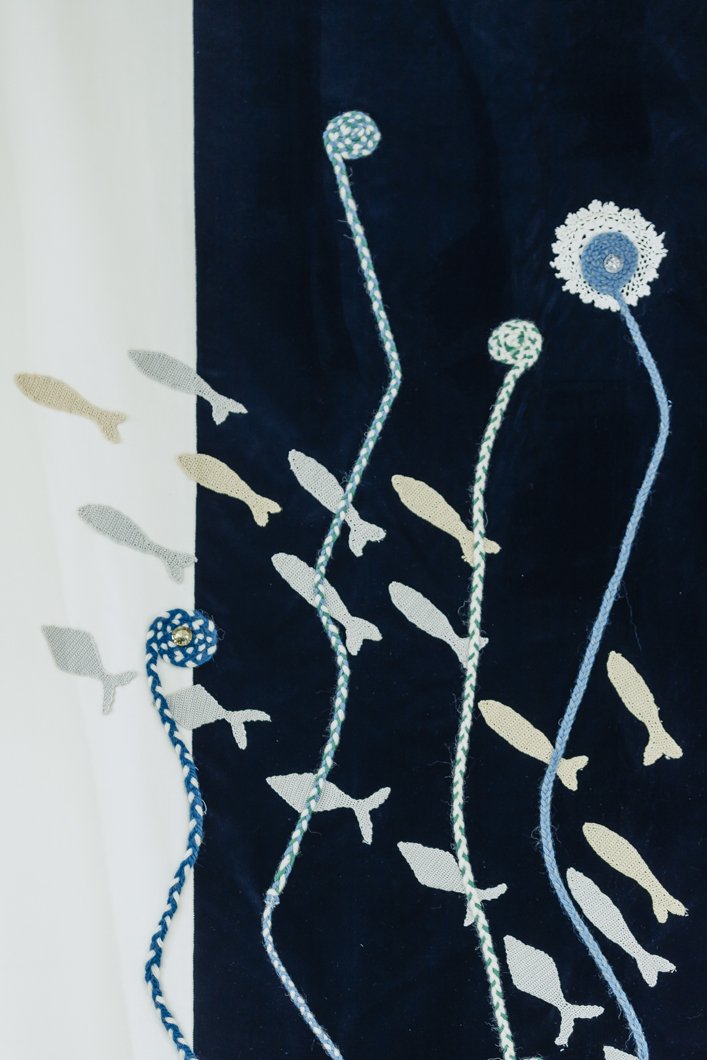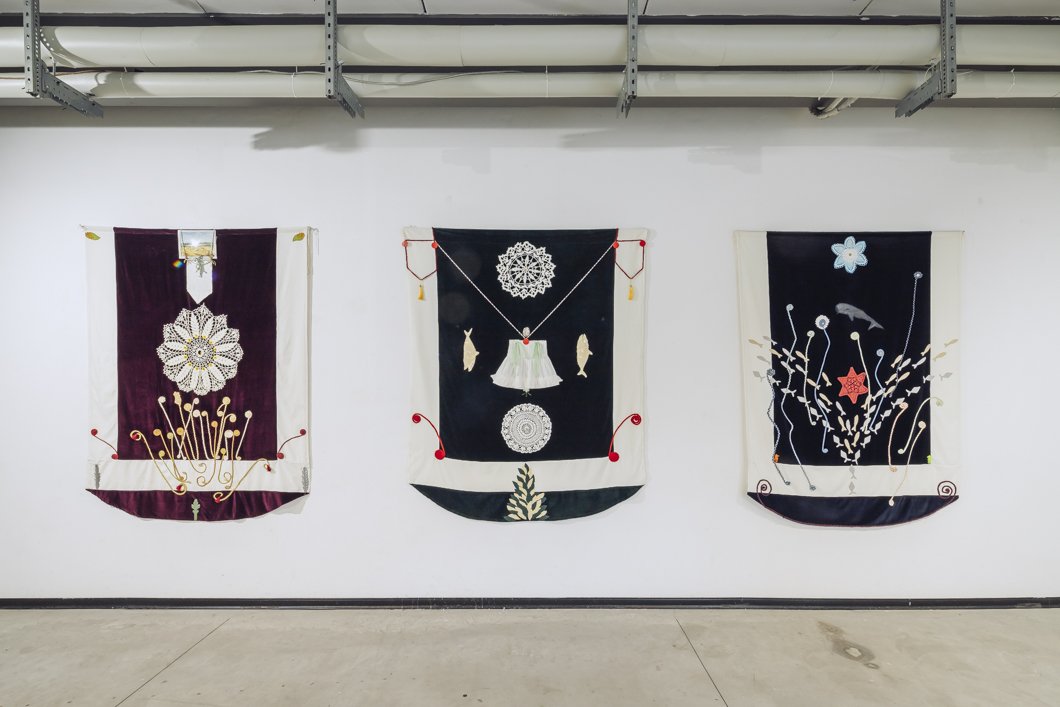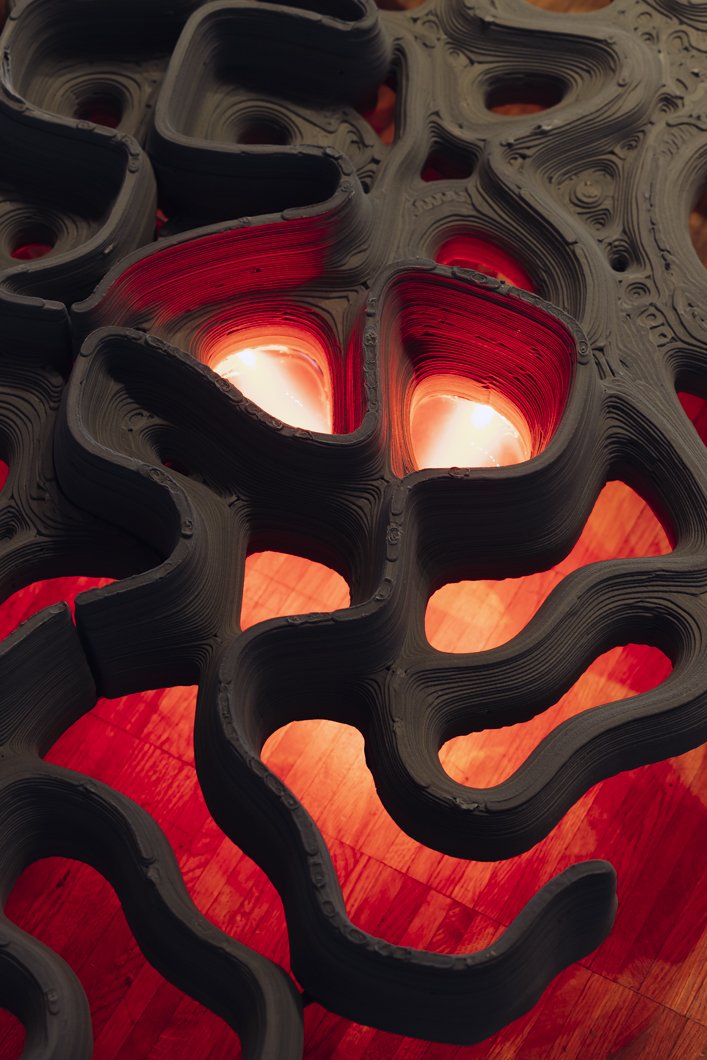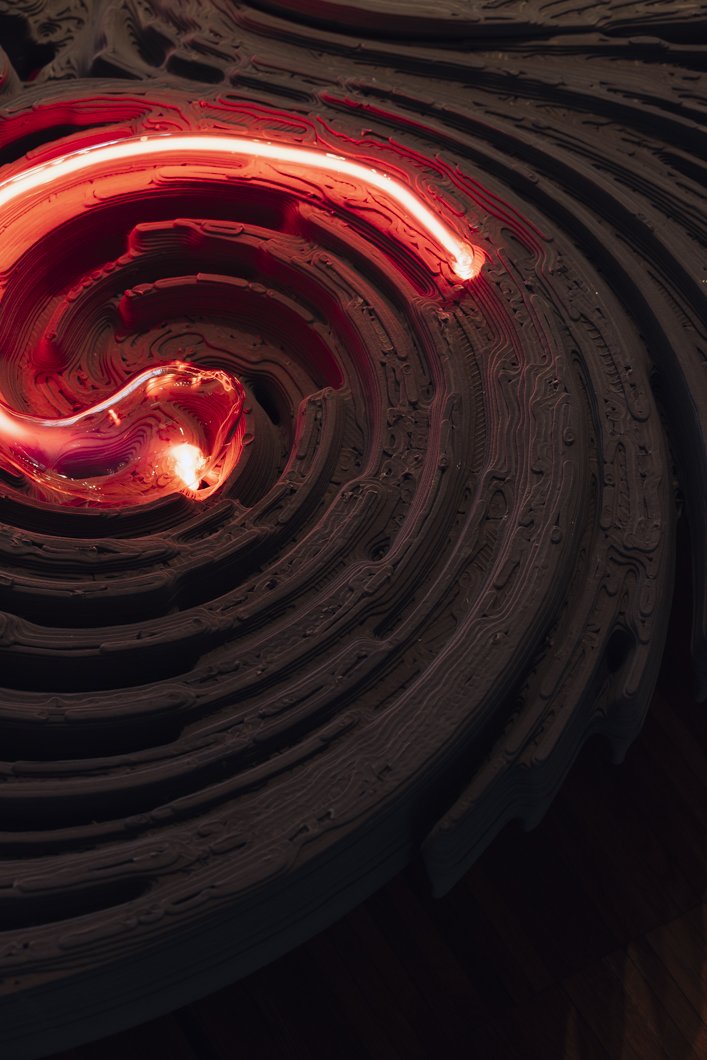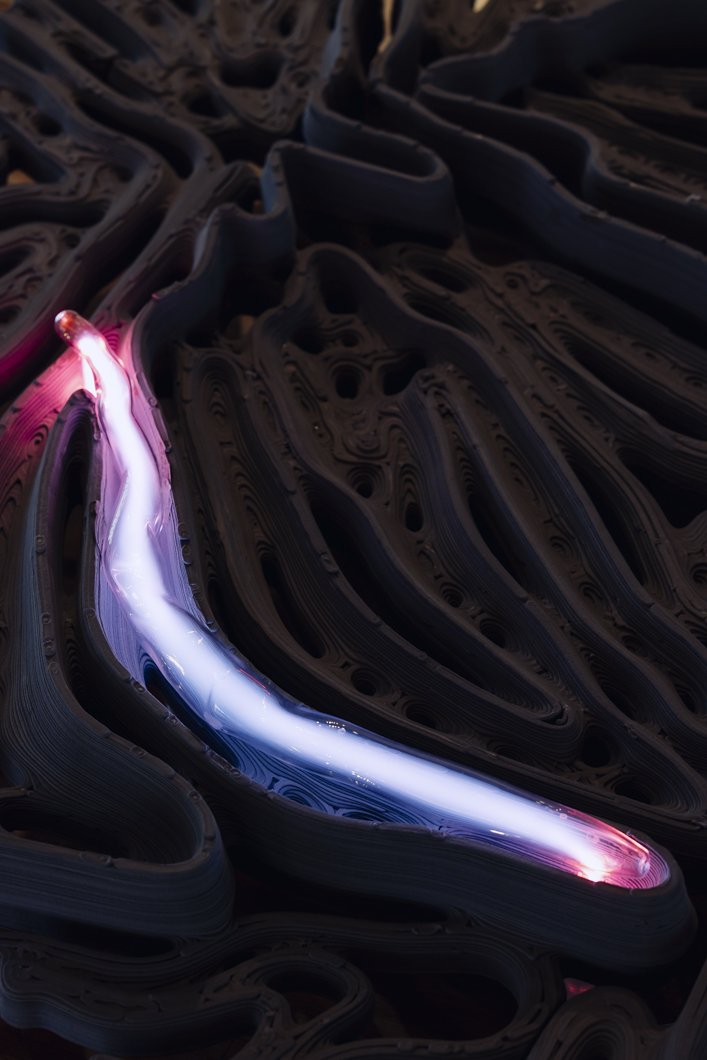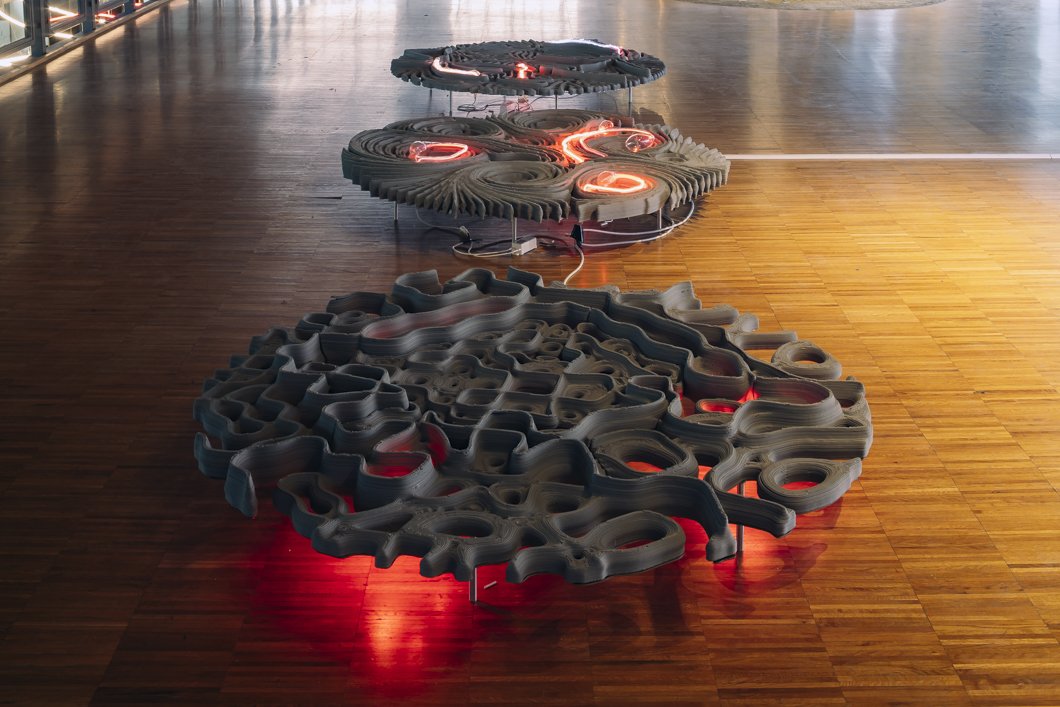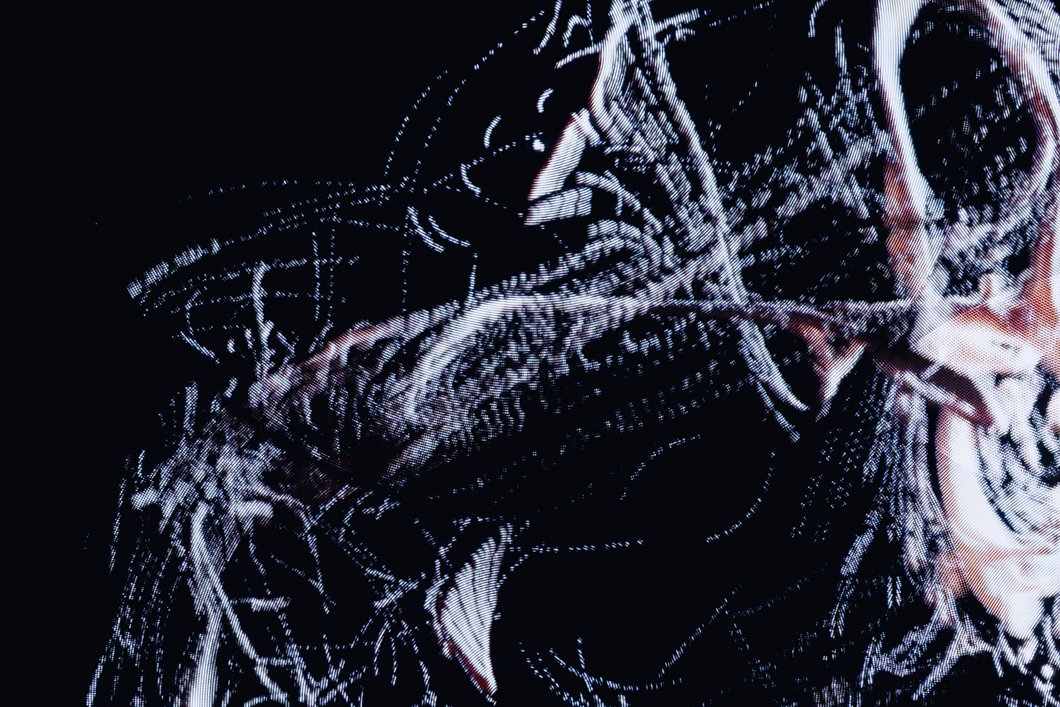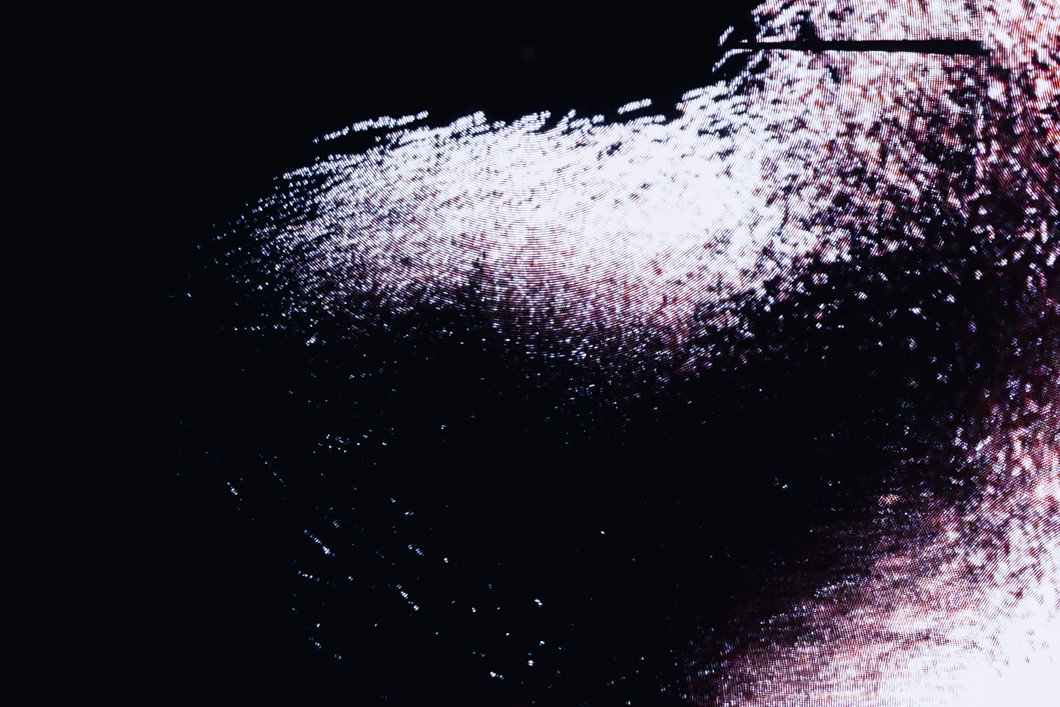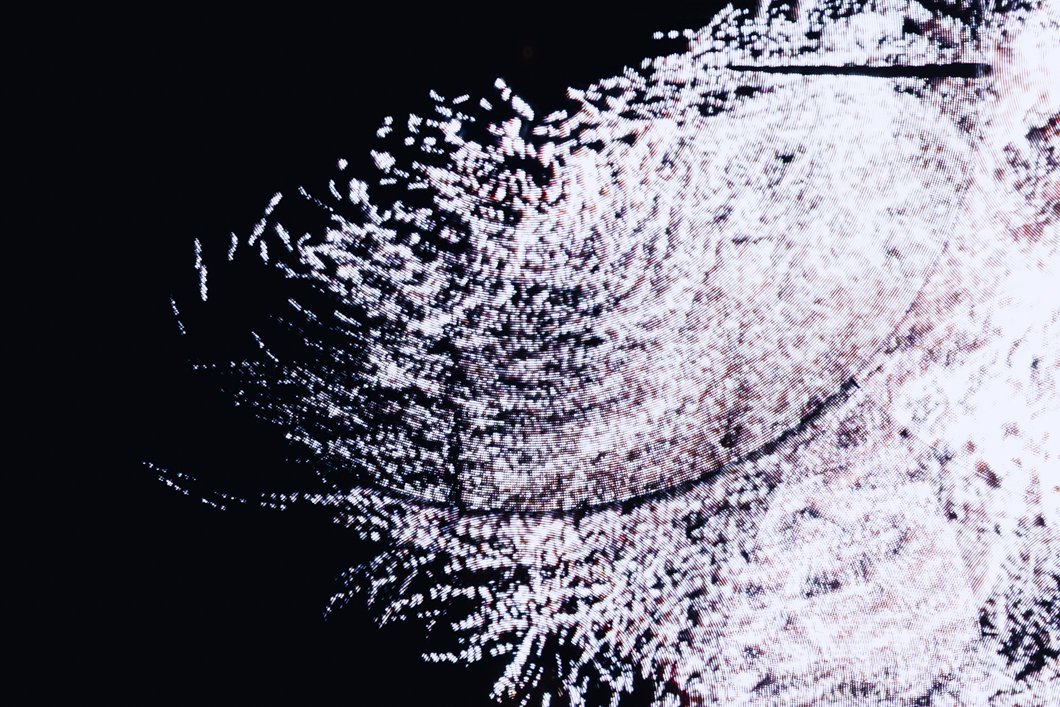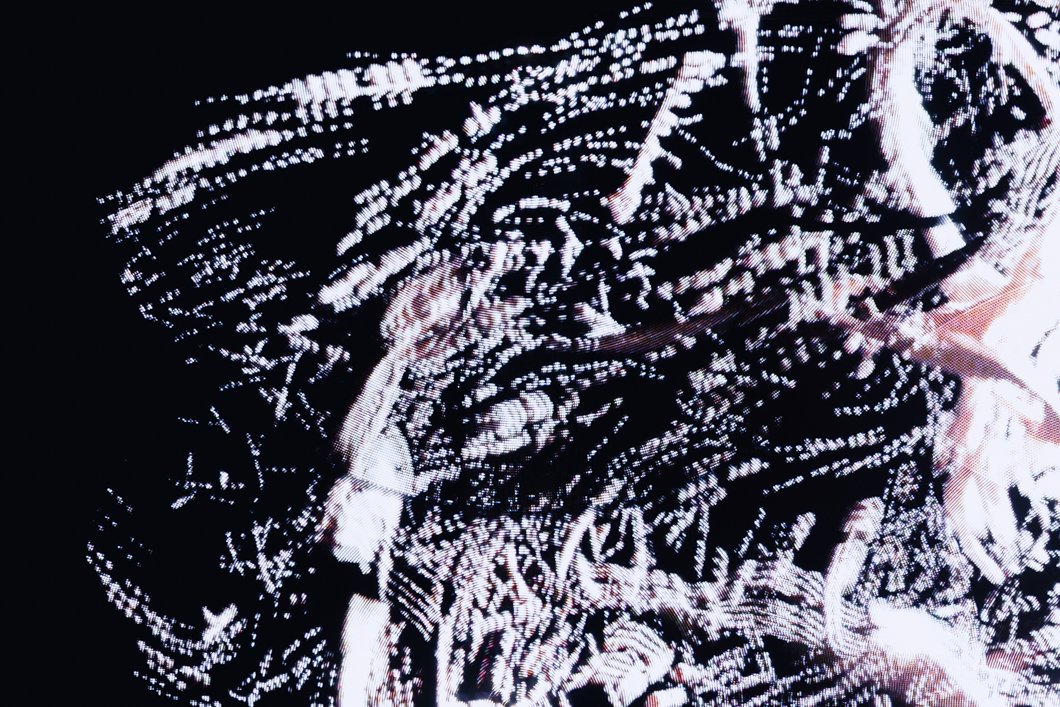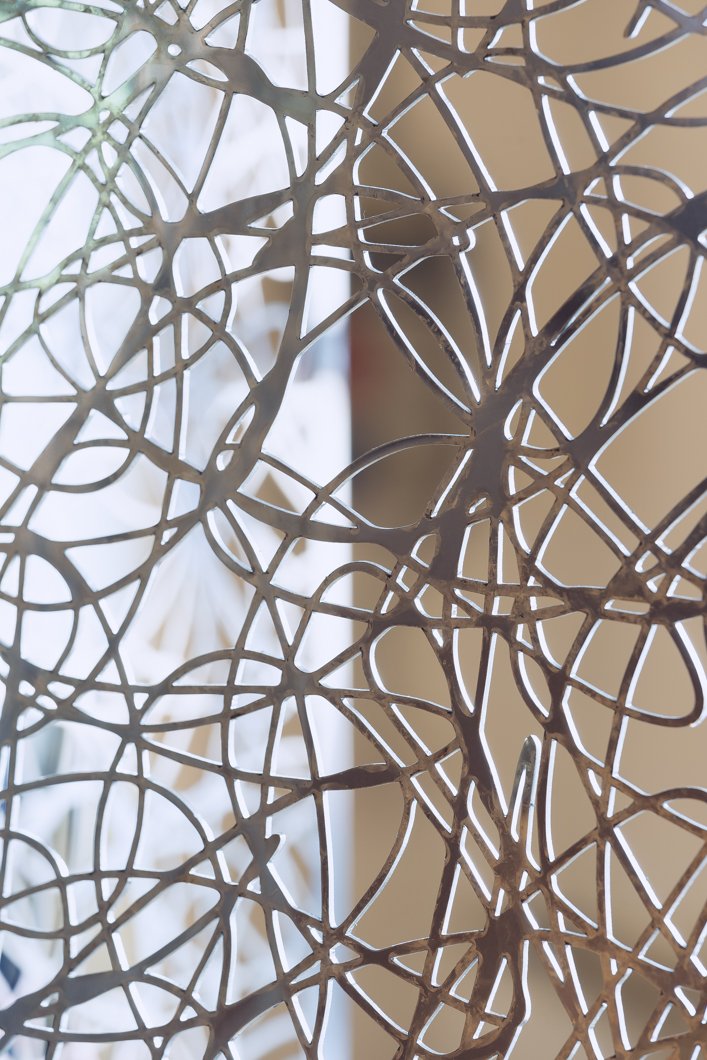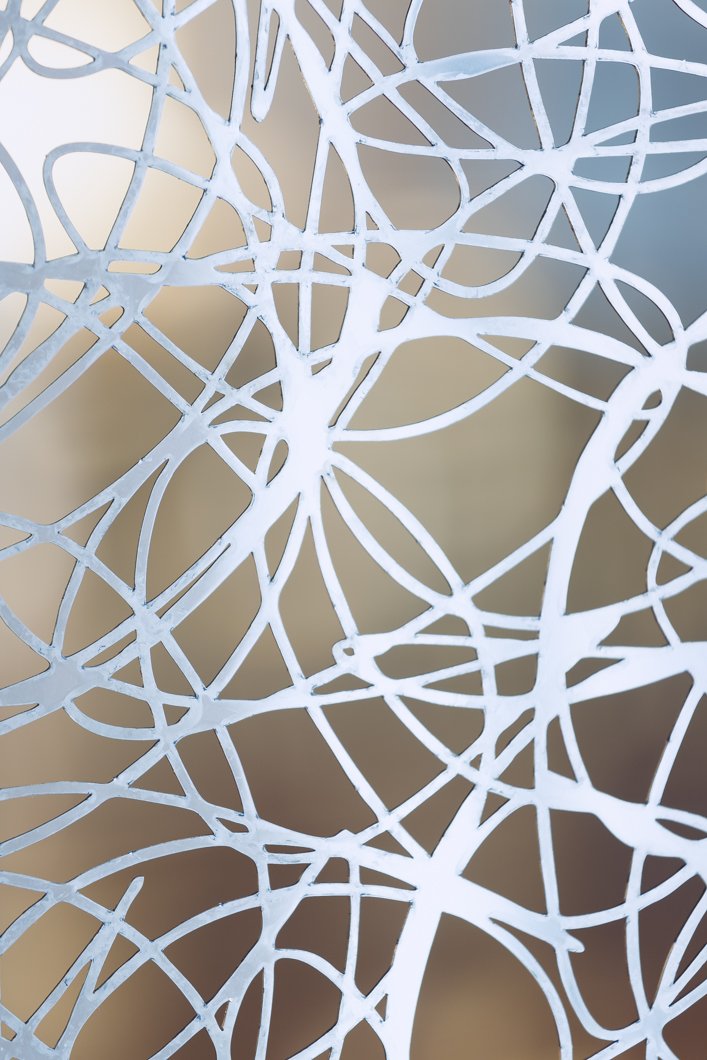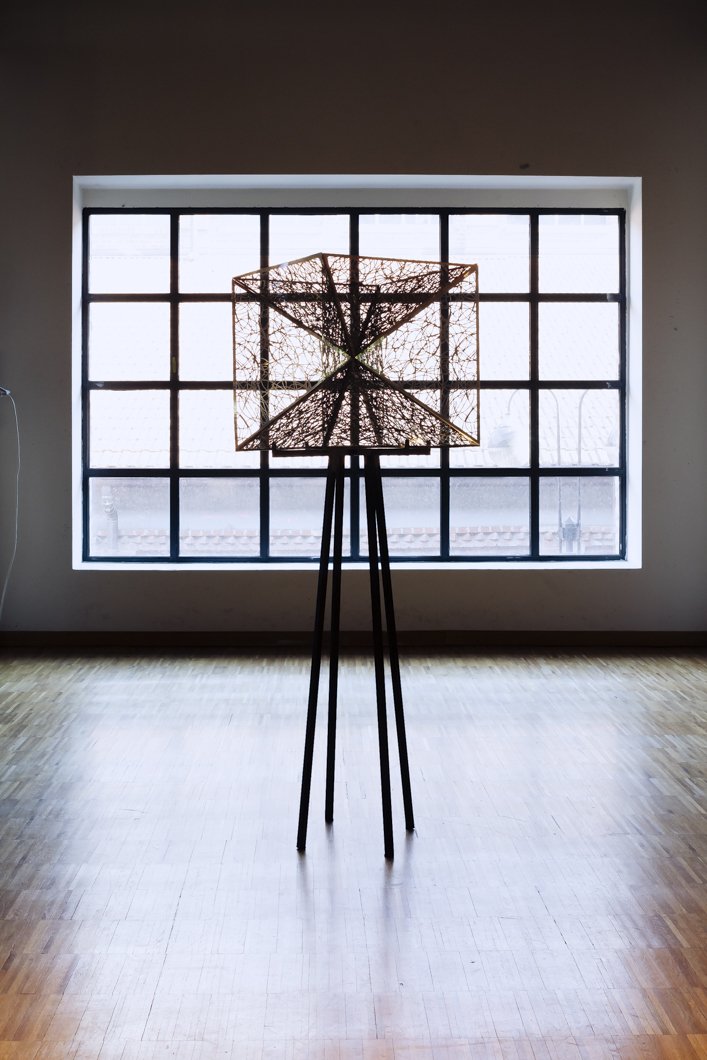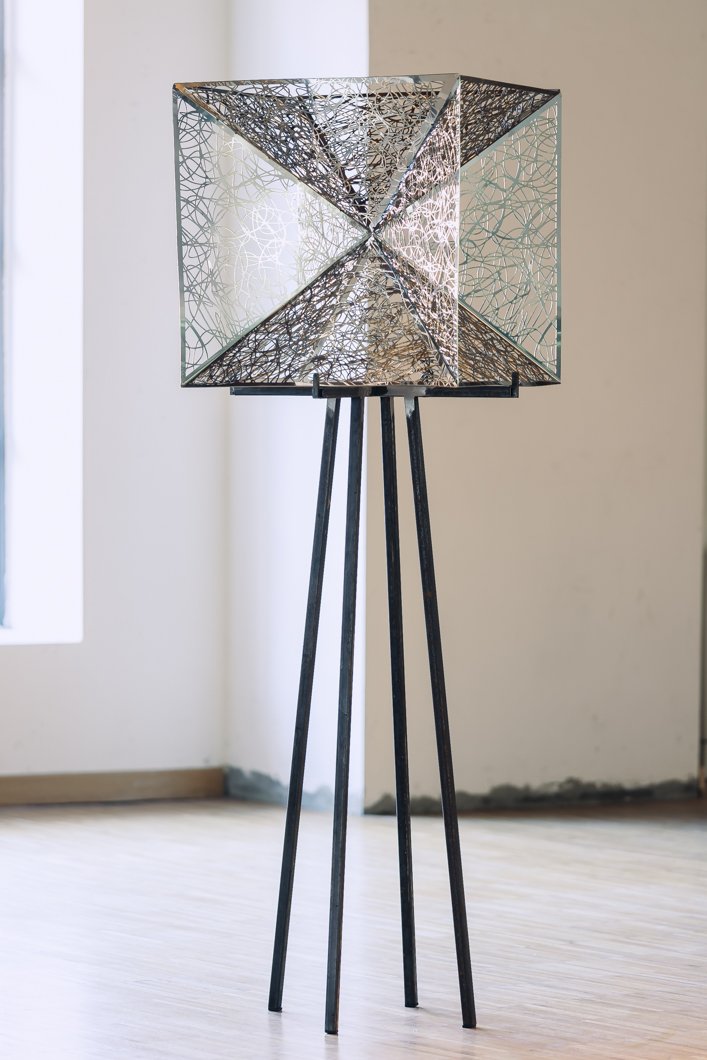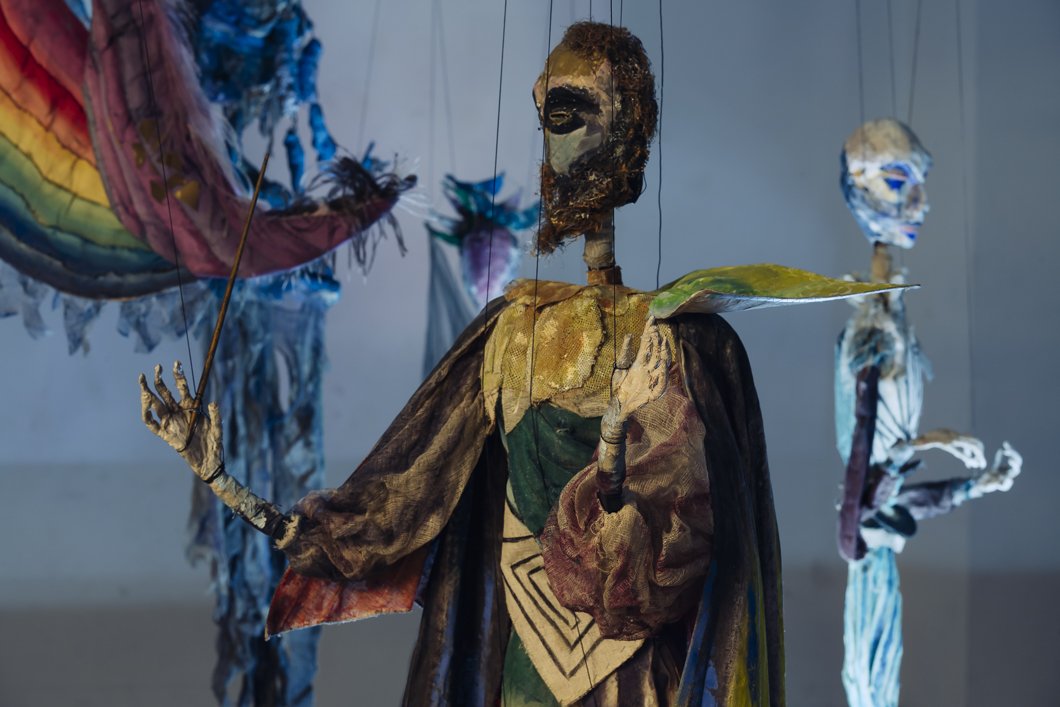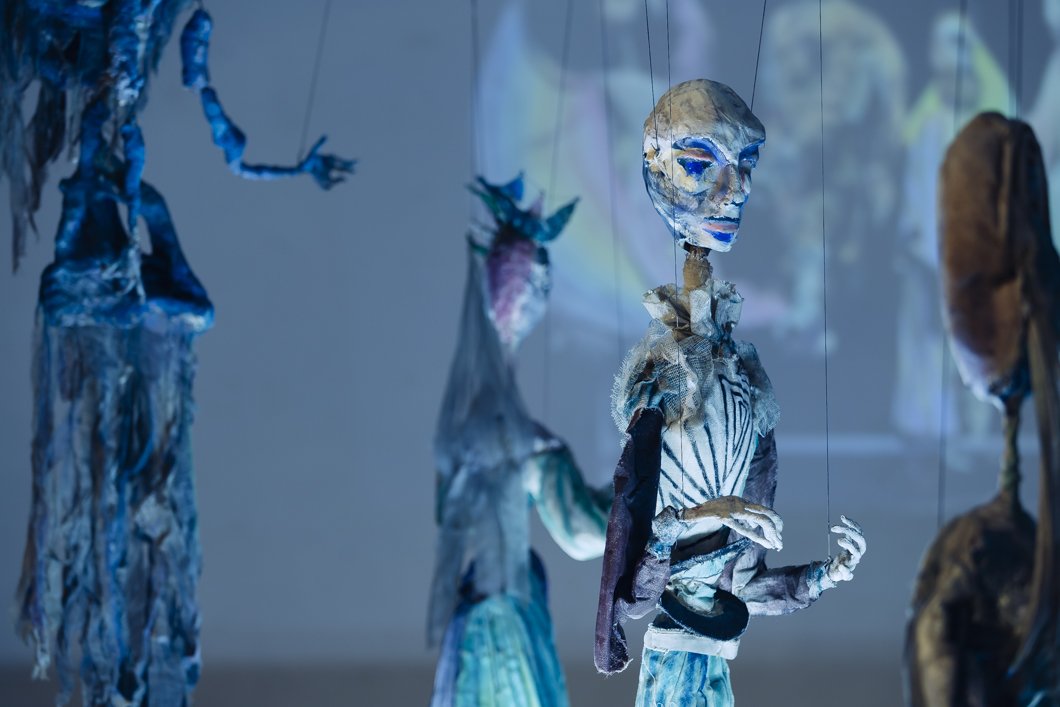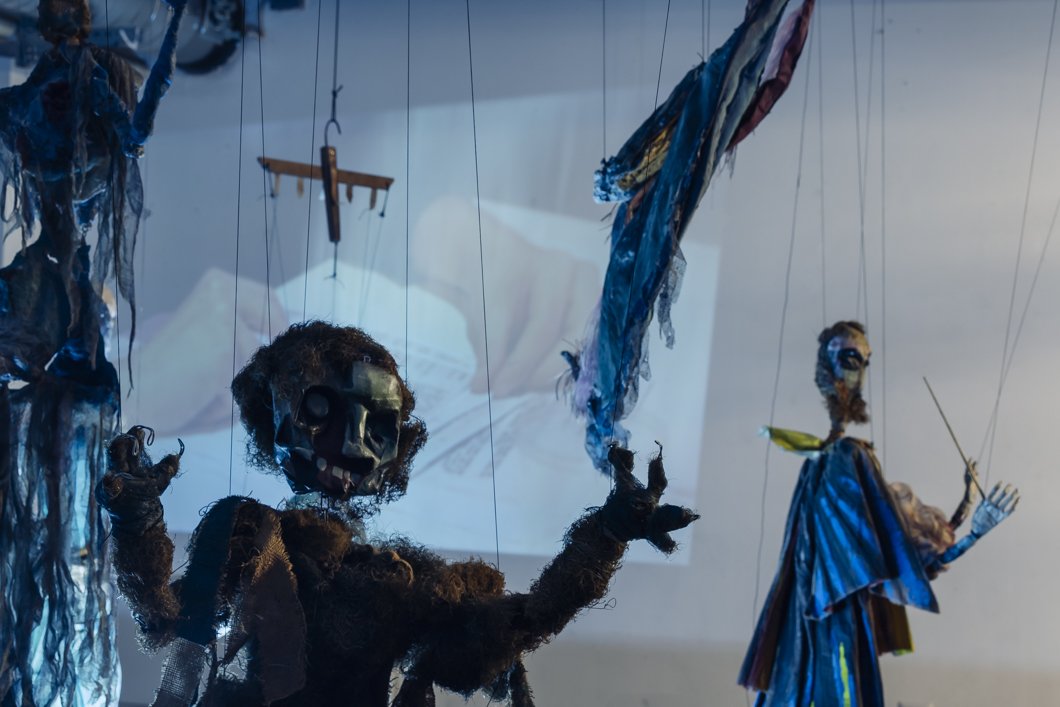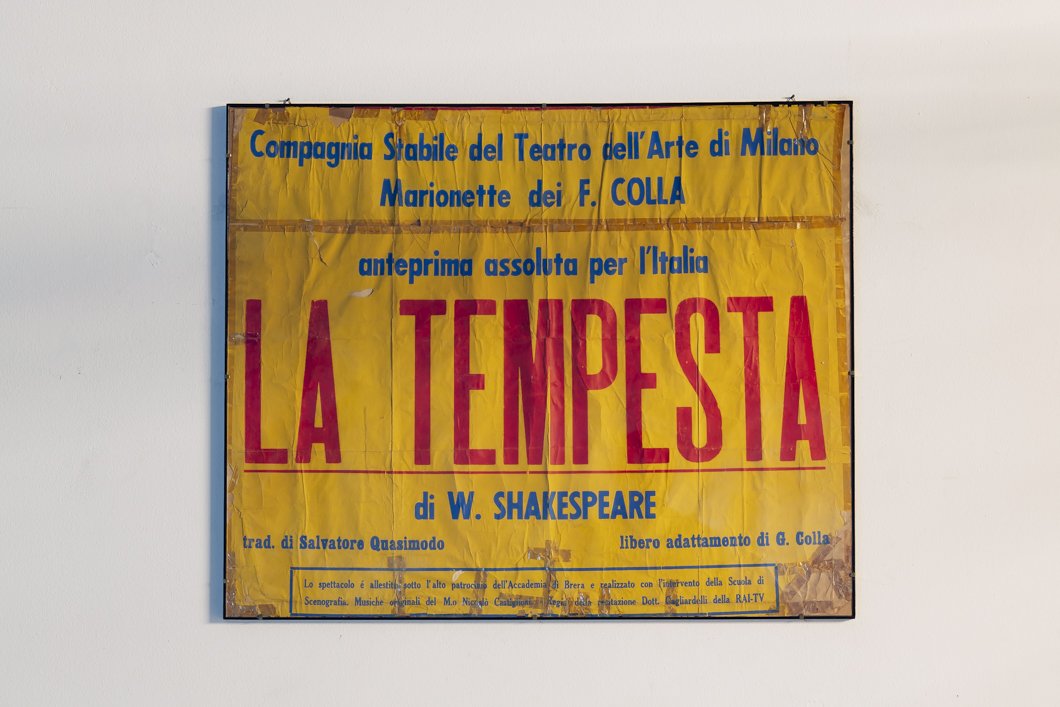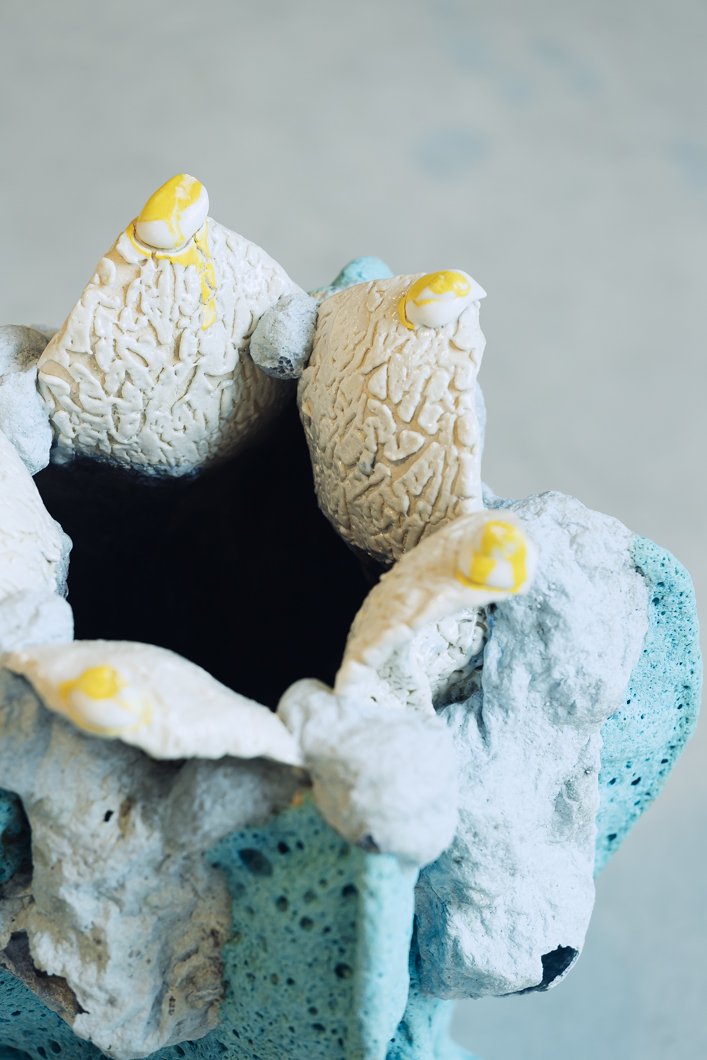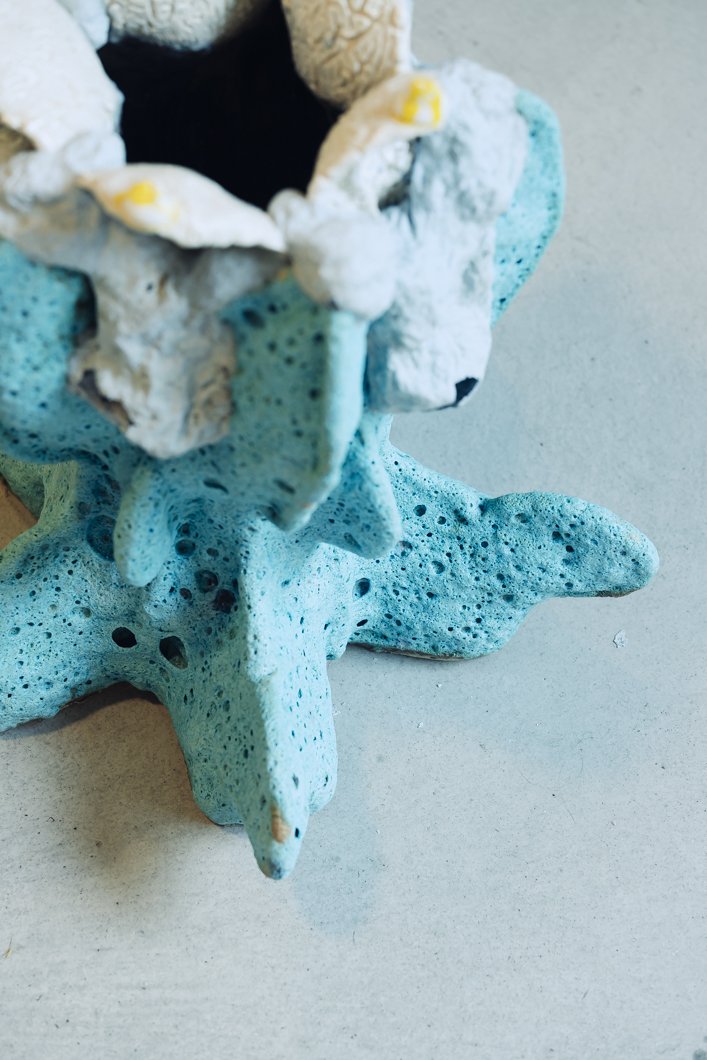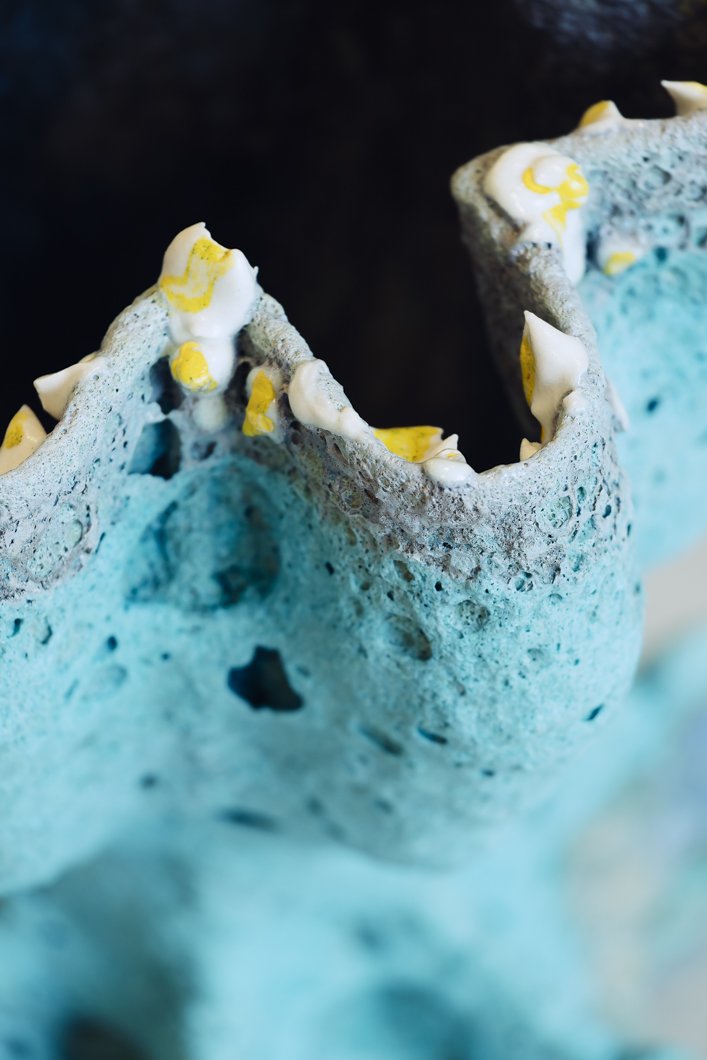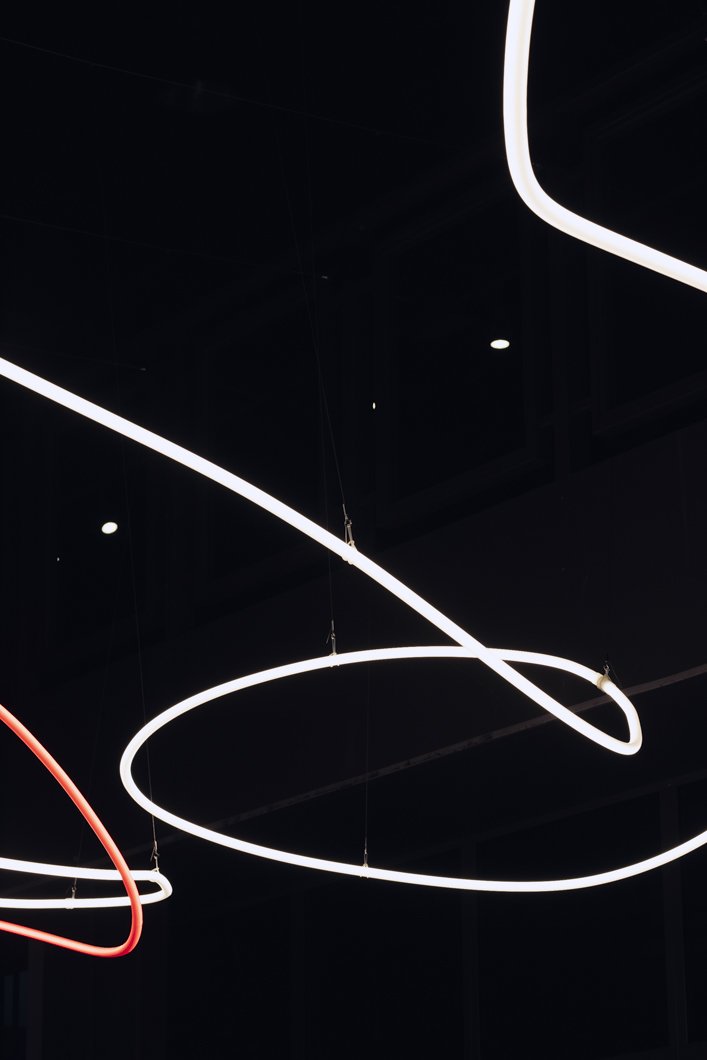ESPRIT MAGICIEN
utilitarian objects for practical rituals
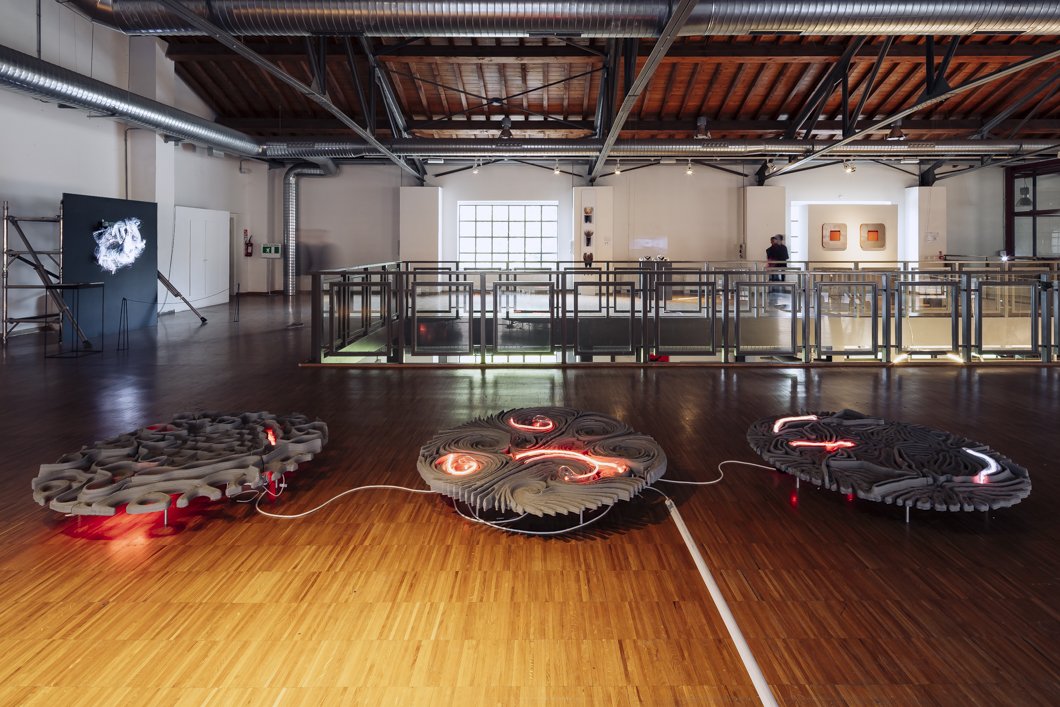
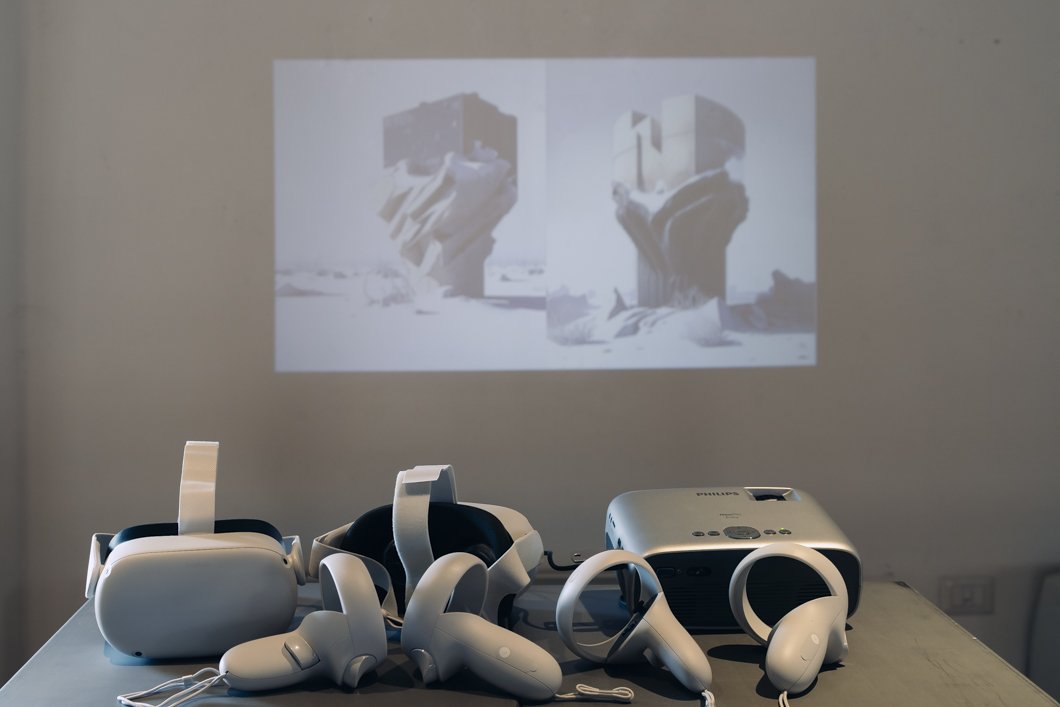
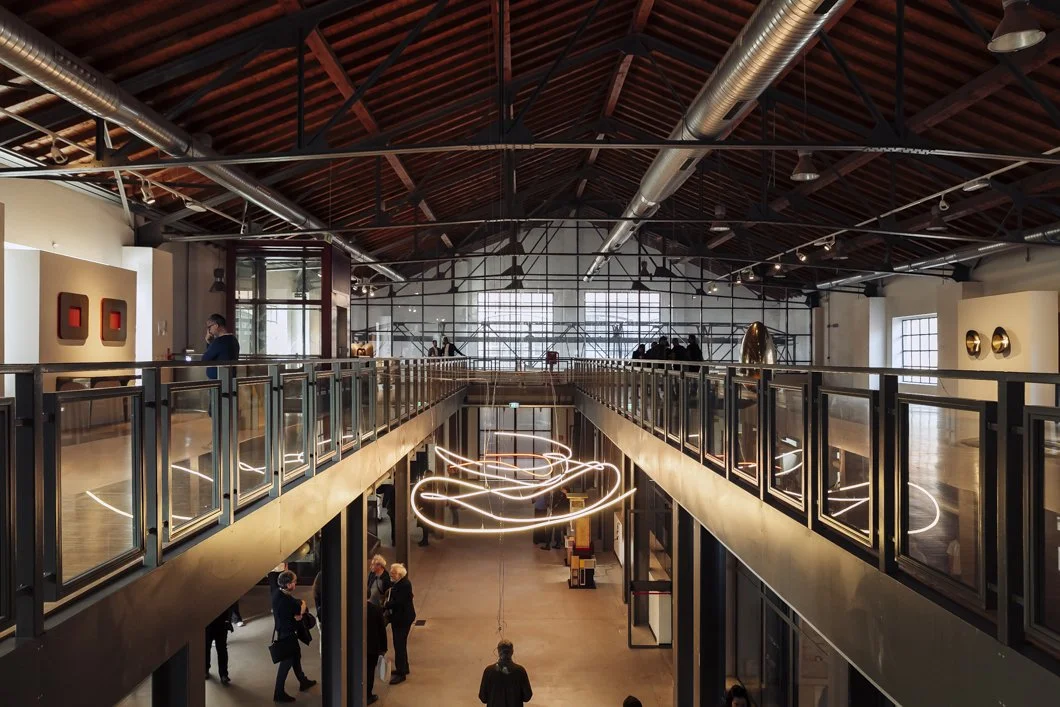
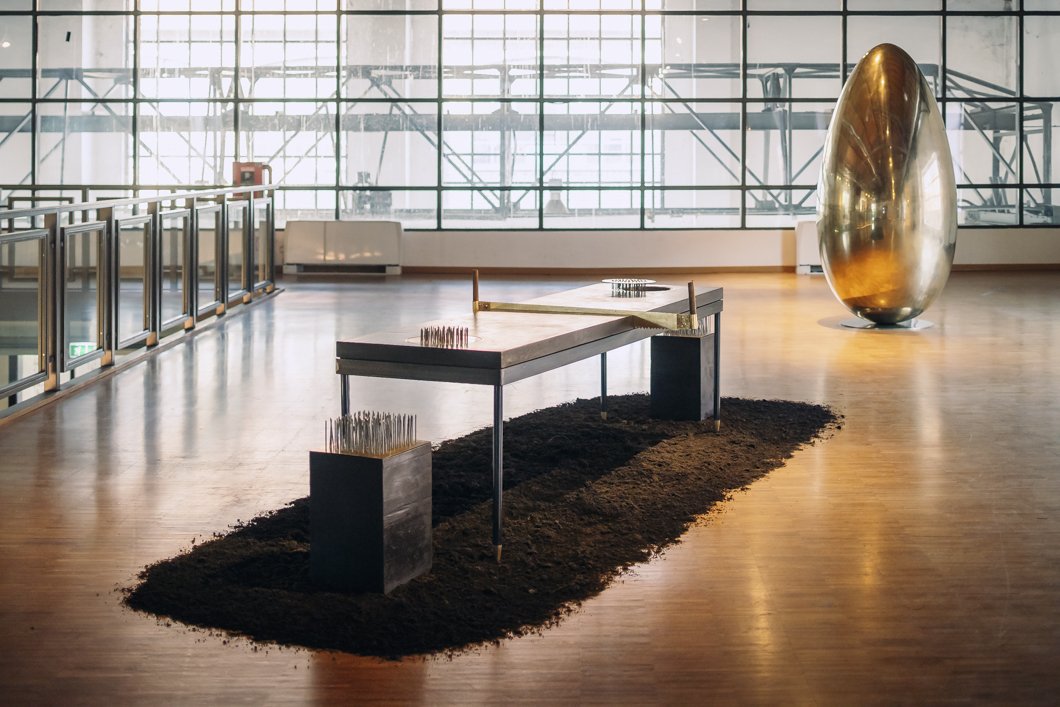
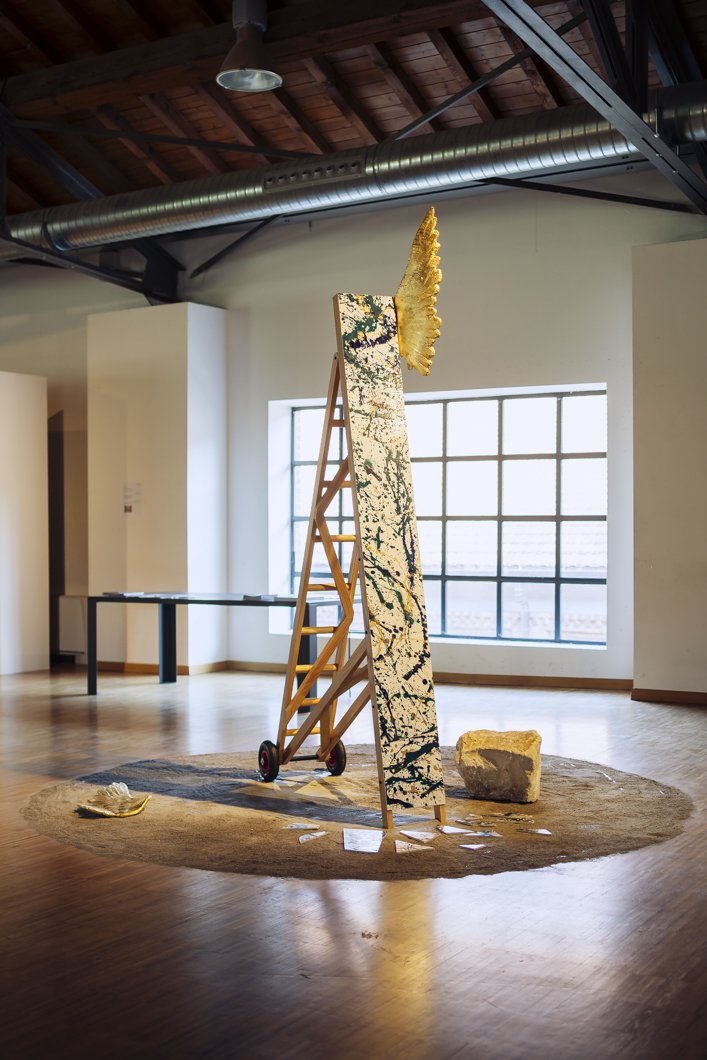
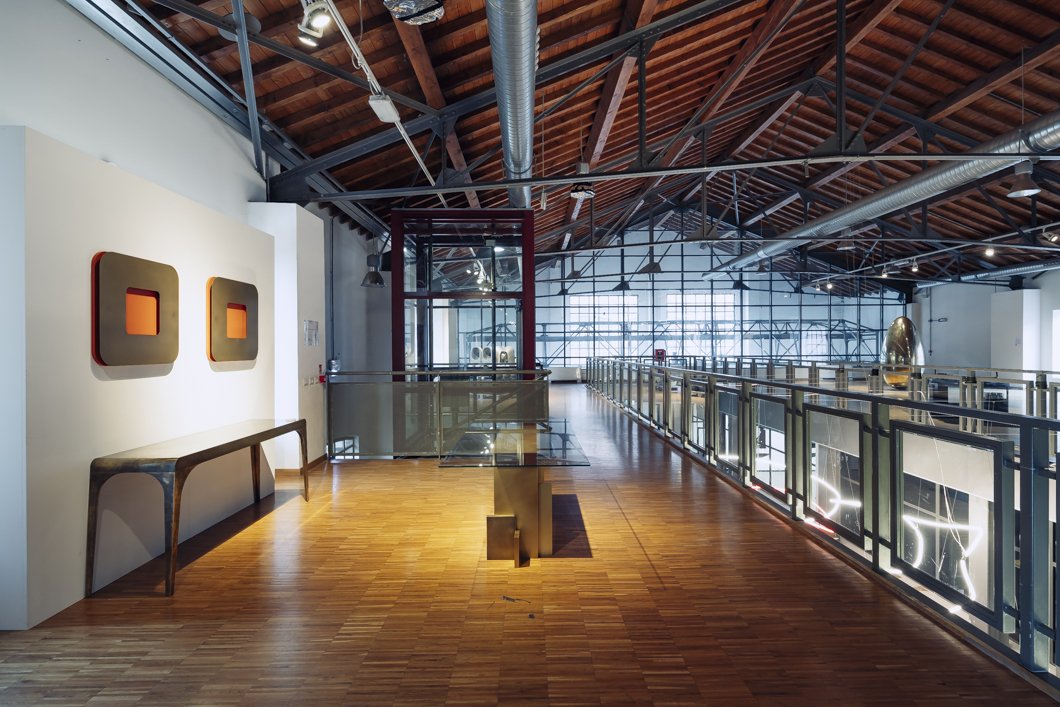
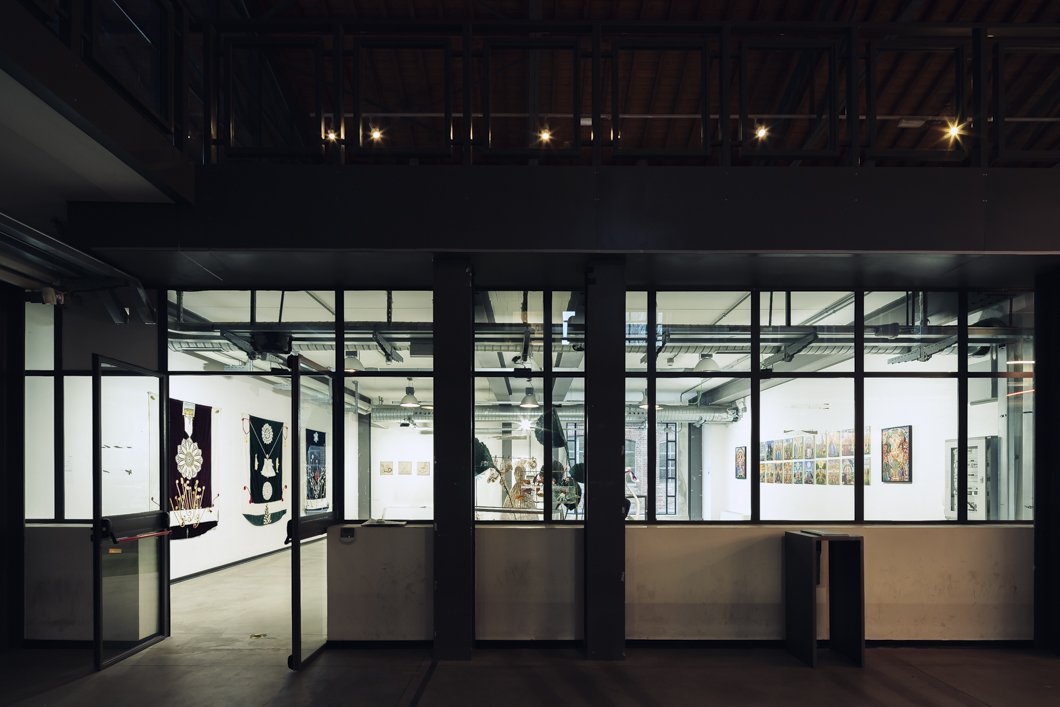
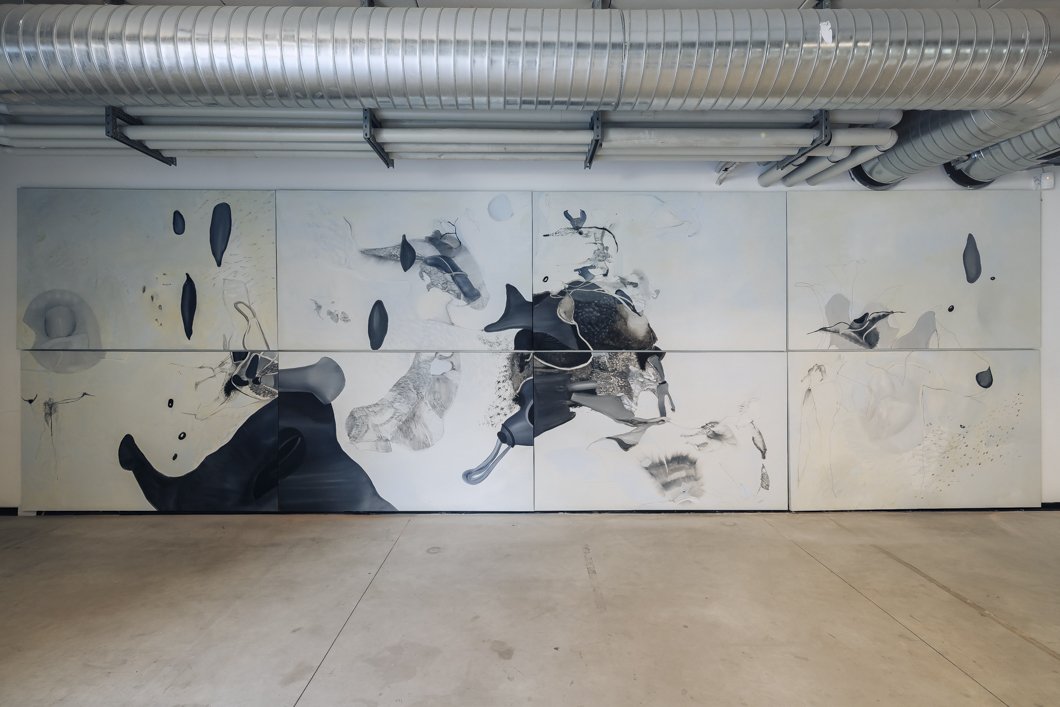
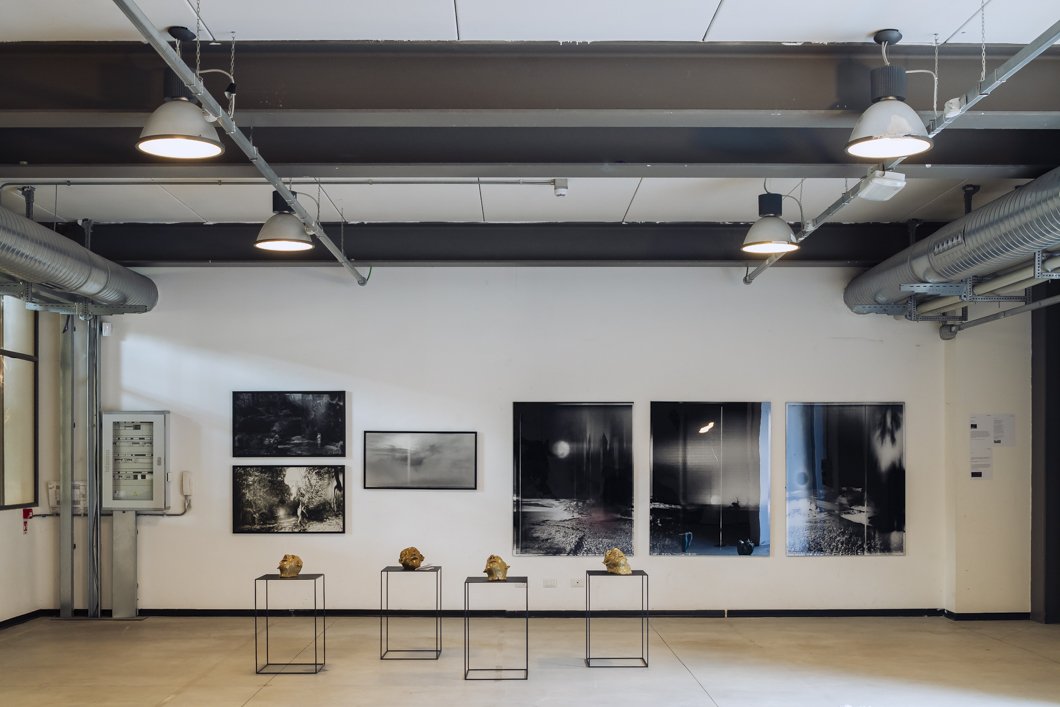
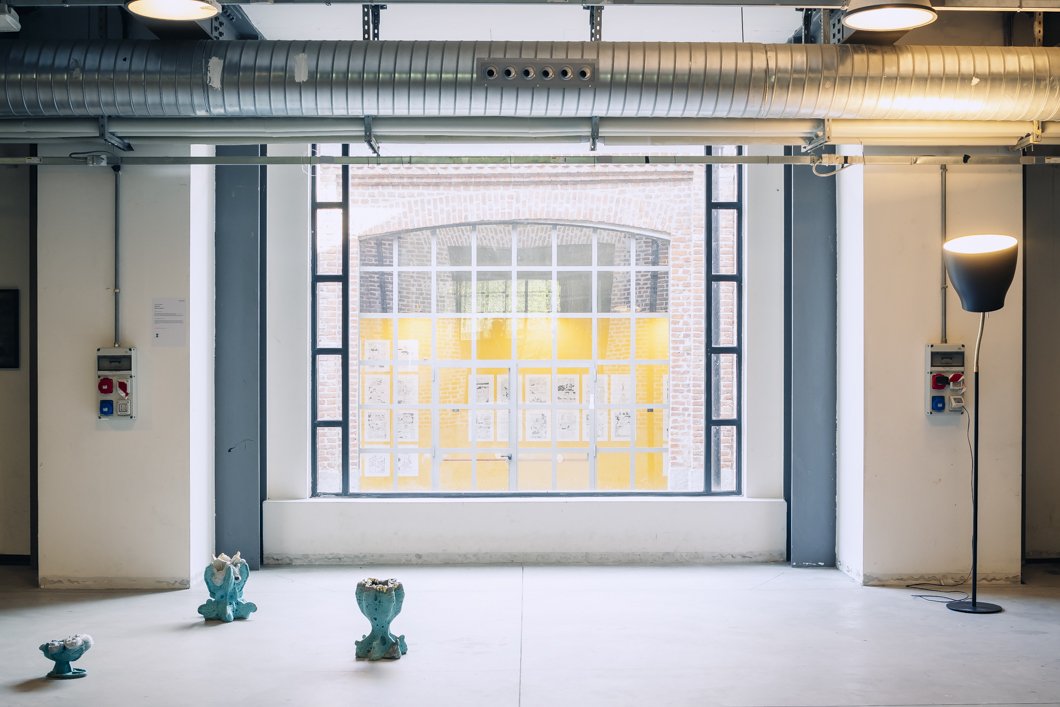
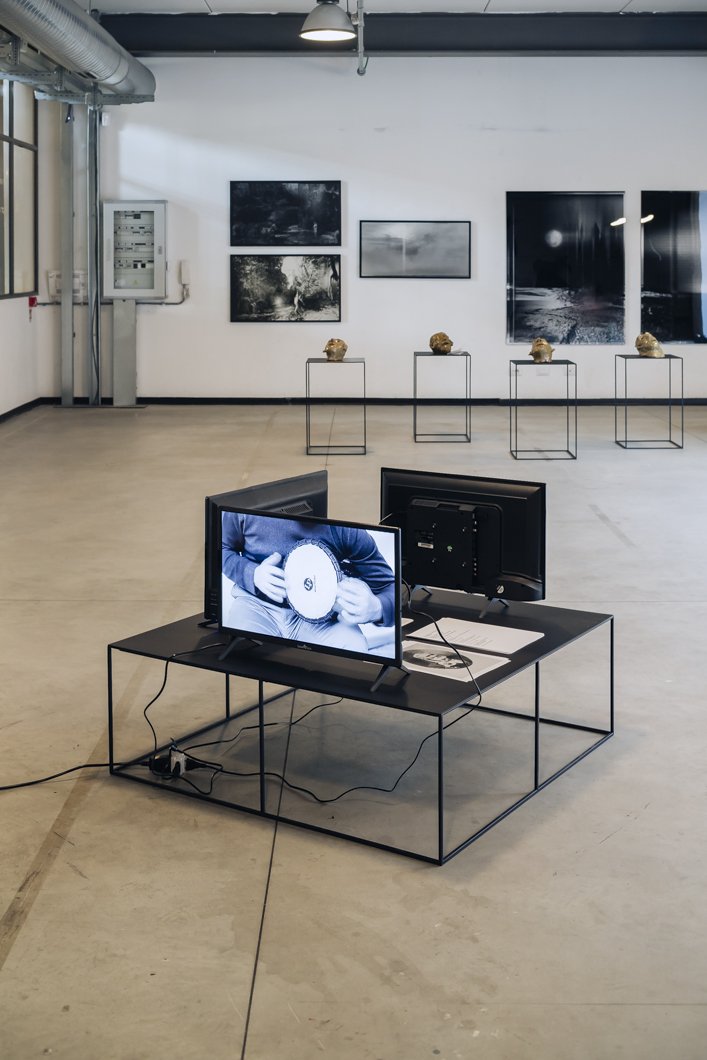
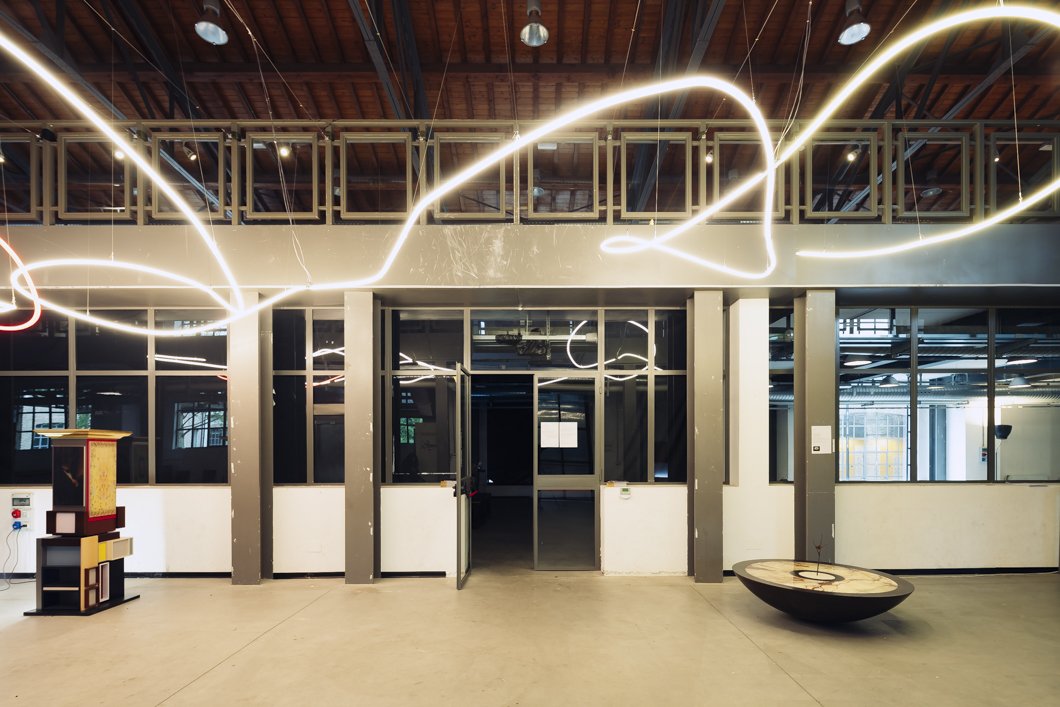
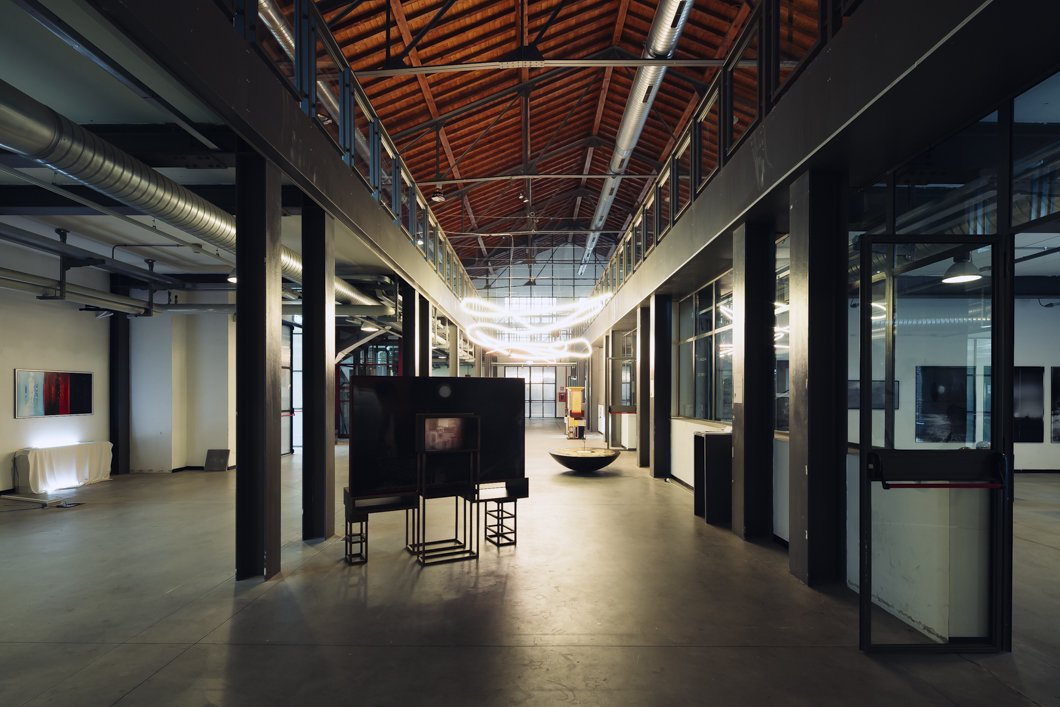
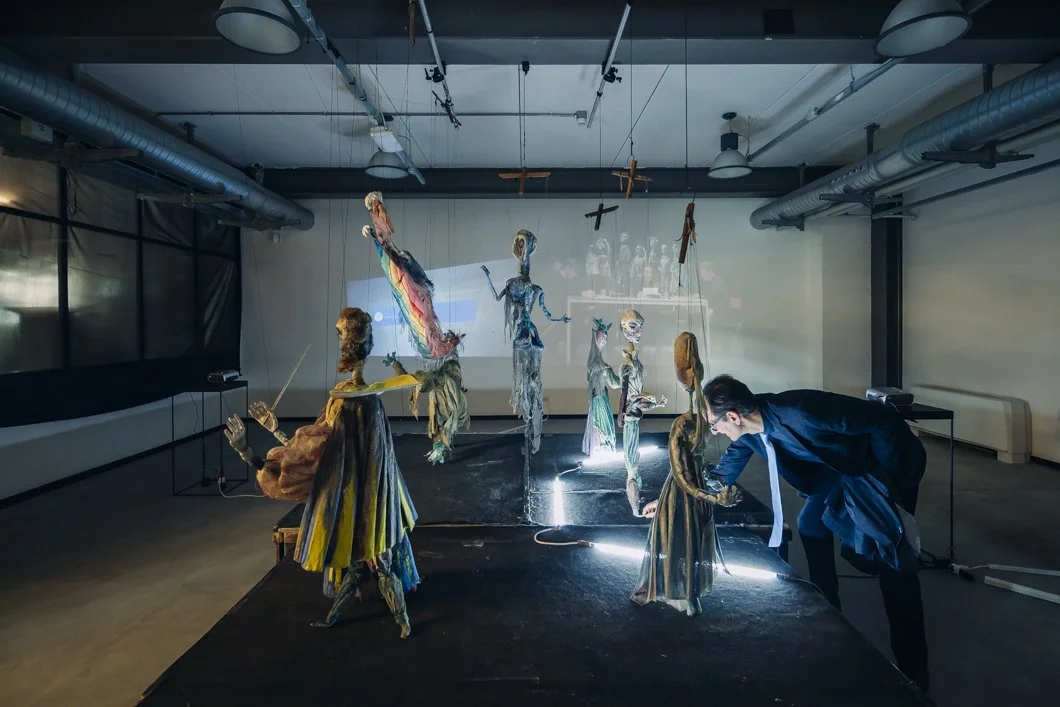

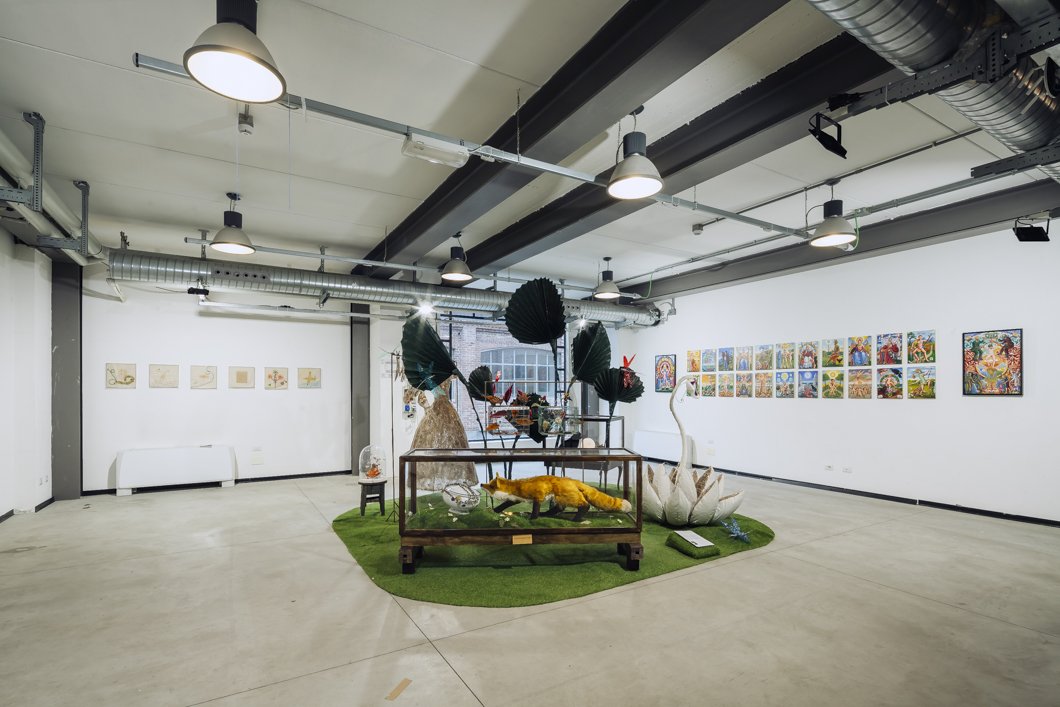
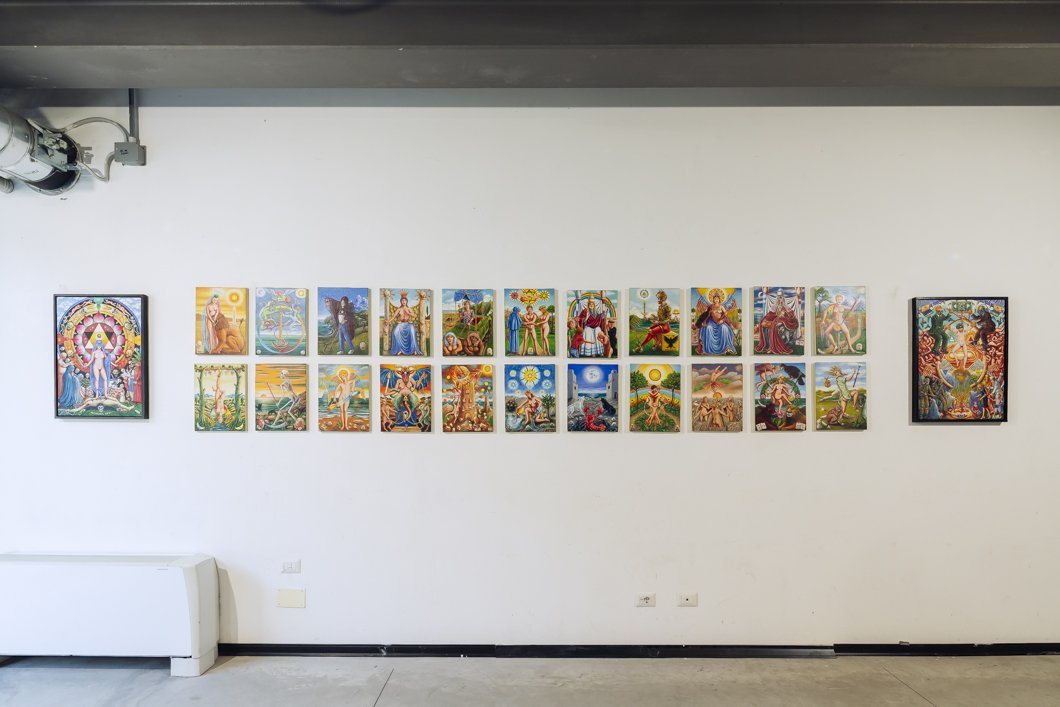
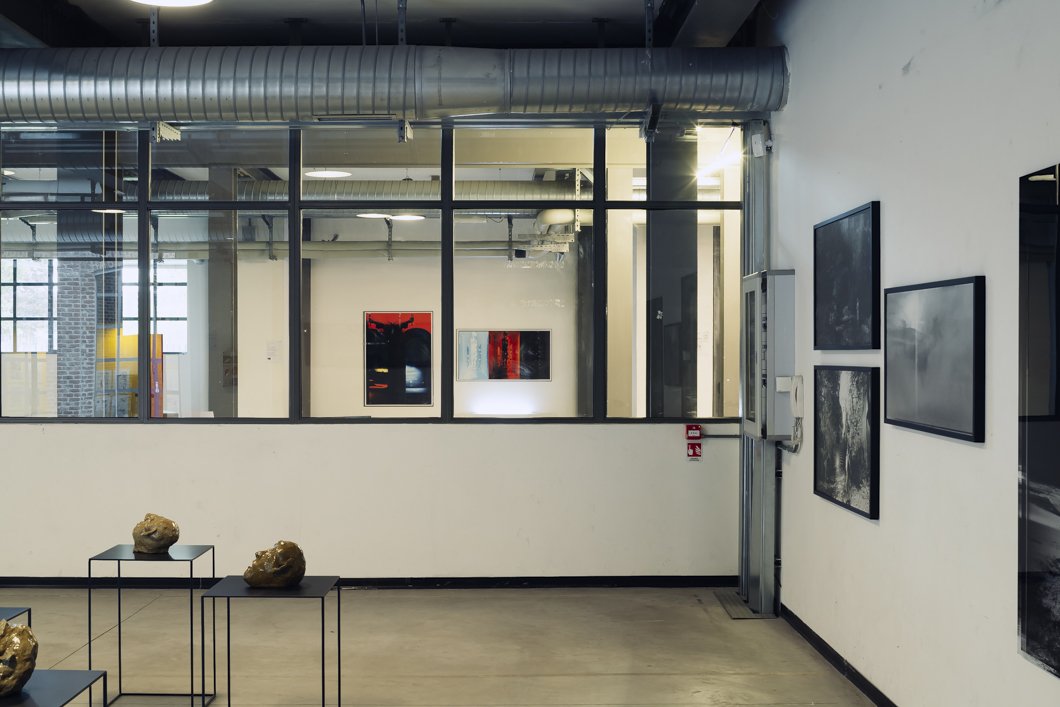
HoperAperta landed at Fabbrica del Vapore for Milano Design Week 2023, with the show ESPRIT MAGICIEN.
The large Cisterna Hall will be filled with pieces and objects that interpret the theme of object/figure, as explained by the curators of the show, Patrizia Catalano and Maurizio Barberis:
“The utility of an object is determined by its metaphysical connotations, by the magic of a form intended as a figure, a connection which is not given to represent and its appearance in the physical world. ESPRIT MAGICIEN wants to be a collection of objects whose permanence in time (ephemeral or long-lasting), whose chance of becoming part of an era’s collective memory, depends entirely on the quality of its aura dimension. To give a figure means to give things another aspect, change its visibility, introduce it to the heterogeneous, the other: time.
In this sense a chair or a photograph, a painting or a vase, are semantically homologated by a transitive yet immaterial function, by the condition of “absolute ephemerality” that manifests itself by filling them with a shared meaning that transcends their material condition.”
The show will propose an exchange on these themes between the participating artists and architects: Fabio Maria Alecci and Gianluca Esposito, Maurizio Barberis, Armando Bruno and Alberto Torres, Dorian X, Alfonso Femia, Cristina Fiorenza, Duccio Grassi, Alessandro Melis with Fadhil Fadhil and Monica Battistoni, NùeVù, Daniele Menichini, Aldo Parisotto, Steve Piccolo, Odilia Prisco, Sonia Ros, Davide Valoppi, Alberto Vannetti, Carmelo Zappulla.
ESPRIT MAGICIEN also seeks to be drama, spectacle, and emotion. To achieve this, important players in the world of Milanese show business will also be participating.
The Compagnia Teatro Colla will display puppets created in 1960 for a production of Shakespeare’s The Tempest (translated for the occasion by Salvatore Quasimodo) through a special multimedia installation in collaboration with Steve Piccolo, Martina Barberis Casagrande, and Henry Thoreau.
Also, a special light installation by Antonangeli, curated by Gianfranco Marabese will be placed at the center of the hall, creating a display of aerial light, an homage to the spatialism of Lucio Fontana.
The works of ESPRIT MAGICIEN are created in collaboration with Antonangeli, Attico Interni, Candle store ANDREA MORAES, Casalgrande Padana, Cl Italia, Cromonichel, Marmi Faedo, Materica, Metallum, Nic Design, La Maquina, Officine Tamborrino, Sprech, Zeus companies that embody excellence in the working and finishing of metal, stone, marble, and plexiglass and operate with a sustainable approach by adding value to the environment in which they operate.
Kinderszenen (2021) – Wunderkammer
Works in various and recycled materials
by Fabio Maria Alecci and Gianluca Esposito
At its 2nd installation, synthesised expressly for HOPERAPERTA, this is the most recent fruit of the collaboration born in 2015 between the two artists for the realisation of Wunderkammer and immersive installations through the reasoned combination of their reciprocal works: in them the works, although conceived within independent research paths, build new horizons of meaning side by side. The inevitable dialectical clash between instances of personal evolution and social conditioning is here narrated through an alienating, dreamlike and visionary language, inspired by the eponymous piece no. 10 of Schumann’s opera 15 “KINDERSZENEN” which can be translated as “Childish Scenes”.
Olonia detta anche dell’amore come simmetria di dominio
by Maurizio Barberis
The project is inspired by the diagram of Minkowski, a Russian physicist who gave a graphic-mathematical explanation of General Relativity (Einstein), i.e. the space/time relationship. The images in the project take this space/time representation model into account, i.e. Raymond Ruyer’s definition of absolute surface.
The architectures represented are those of the city of Buzzi (Tommaso Buzzi) in Umbria, photographed by the author, another example of absolute surface.
Realisation: Cromonichel, Oemmebi
Studiolo
by Maurizio Barberis
Studiolo is intended to be a contemporary version of a collector's cabinet, a piece of furniture designed to house objects and works of art. The project is inspired by the studies of Renaissance humanists and men of letters which, thanks to the sensitivity of the aristocracy of the time, became home to extraordinary collections of art and rare objects, such as paintings, vases, gems, sculptures, ancient coins, etc.
Among the most famous are those of Federico da Montefeltro Duke of Urbino, the Este family and the Medici family. Studiolo was designed in two versions, made of polychrome lacquered wood and with the inclusion of photographic panels, digital elaborations of classic 19th century paintings and ornamental motifs taken from Owen Jones’ Grammar of Ornament.
Realisation: CL Italia in collaboration with Abet Laminati
Moonrise
by Maurizio Barberis
Silver is the metal that is symbolically associated with the Moon in the alchemical opus and metalleia precisely indicated the work of excavation, of research, of deepening necessary to bring to light (the Moon's) values of the soul.
Digging in the earth of the Mundus, one first encounters the black, saturnine lead of man's body, willing to do anything to ensure his own pleasure and survival, then the silvery, lunar white of the soul, the unconscious manager of the balances and moods of his psyche, and finally the gold of his spirit, or animus, the shining vehicle that alone can lead him towards the truth and realisation of the Opus. In the world of alchemy, silver precedes gold, the moon the sun, madness a clearer consciousness. And so Folly and the Moon, with its blinding whiteness, become the vehicle needed to undertake the journey to the mythical Colchis.
Silver, the metal of the Moon, is the symbol of the Great Light...'.
"... an archetypal principle of immense power, equivalent to the opus magnum of the first great conjunction, Soul realised in the form of an imagination so solid, a soul rendered so corporeal, that the reflections of its images whitewash the earth of worldly consciousness...".
L’Uovo di Vitruvio
by Armando Bruno and Alberto Torres
If the Cosmic Egg is an evocative symbol of the primordial seed from which the whole of creation began, the Vitruvian Egg represents a biological big bang that gives rise to a utopian and ideal being, endowed with the qualities necessary to guarantee survival in the imminent future and which, at the same time, reflects within itself the fundamental components of the natural macrocosm.
This egg, capable of generating the man of the new renaissance, offers an alternative perspective to the convulsive search for a balance between ethical and moral values, to the intricate, mythological and fairy-tale creeds of polytheism and monotheism. Its flowing morphology, whose figure seems to skim the fluid passage of space, and the continuous impulse of the fluxus formae, representing the dynamism and continuity of change, embody the idea of a constantly expanding existence and a path of endless evolution.
Through their work, the authors suggest a path that could represent a salvific potential for humanity, both on an individual and collective level, based on a philosophical and profane concept that aims to explore the intimate connection between living beings, nature and the universe.
Courtesy: Materica
Arcane Tarot
by Dorian X
With this exhibition, Dorian X proposes a series of unpublished paintings depicting the Major Arcana of the Tarot. 21 + 0 arcana, not interpreted as vehicles of a divinatory art but, in his visual language matured through years of experience, highlighting their original meaning through a symbology regulated over the centuries.
Dorian X neatly restores the Major Arcana in their entirety: a mystery path studded with consequential stations, aimed at soliciting reflection and the overcoming of obstacles that would impede the evolution of the initiate.
Courtesy: Galleria Schubert
La scala di Giacobbe
by Alfonso Femia
Inspired by the biblical episode of the stairway-bridge between Earth and Heaven, as dreamt by Jacob, Alfonso Femia’s project of technological craftsmanship is a synthesis of opposing tensions, ascent and secularity, memory and the contemporary.
Realisation: Alfonso Femia with Attico Interni, Casalgrande Padana, Marmi Faedo
Tre fiori
by Cristina Fiorenza
These sculptures are inspired by the legendary plant of the islands of Socotra, rare flowers and plants in sculptural forms. They are pure fantasy shapes but with an almost monumental and brutalistic impact. The turquoise colour is reminiscent of Egyptian paste, much loved in ancient Egypt for its intense and vibrant almost poisonous colour. The crystals link the flower to the transformation and embellish it with further pathos.
Courtesy: Gilda Contemporary Art
Astolfo sulla Luna
by Duccio Grassi
“all the spheres they pass through of fire,
And thence they go to the realm of the moon”
Astolfo crosses the orbiting heavens and finds in the metallic lunar valleys the repositories of wisdom lost by men.
Perhaps as a consequence light, corresponding to a higher state of consciousness, propagates more as it moves away, reaching the corresponding celestial sphere.
Floating acrobats
by Alessandro Melis, Fadhil Fadhil, Monica Battistoni
The term resilience (from lat. resilire "to jump backward") is related to the concept of performance as a cultural action capable of creatively relating the body and space, where the acrobats' pyrotechnic vaults interpret the "glimpse of the magic" underlying theatrical staging. The artwork stands on a wooden base representing the stage, on which float three carved wooden bodies connected to the monolith by a transparent joint, in order to convey the ephemeral and elusive dimension of the performance.
Human less | Anatomia di un tavolo
by NùeVù
In times of peace, the semantic dimension of the table object and its proximity to the idea of living, of sharing, of welcoming, make the object itself the essence of a home. The heart of the home. This is not a table and nor even its image, but an attempt, even a playful one, to reinterpret denied dwelling. An inhospitable table that continues to call itself such only by anatomy, by formal resonance to its ancestors. An opaque memory, an earthenware top that holds the memory of all past meals in the hollow that marks it, bringing a wound to the table. A table set for unwanted days.
Rituals
by Aldo Parisotto
Rituals designed by Aldo Parisotto, co-founder of Parisotto + Formenton Architetti is a contemporary totem, where forms and materials linked to wellness rituals are interpreted in their conceptual abstraction. The sculptural and still unfinished bodies of the NIC sanitaryware show their tactile materiality and the dusty colours of a still unfinished state of workmanship, just as in the moments of self-care, in the private heart of the home, each is still shown in its essence.
With an upcycling approach, the pieces used for Rituals are imperfect elements, or those that will return to the company to complete the manufacturing process and their natural life cycle.
Courtesy: Nic Design
SOLOS (our only chance)
Video Installation
by Steve Piccolo
The video shows musicians performing solo improvisations, without listening to each other, based on simple verbal instructions. The instructions do not include any notation and remain secret, known only to the performers. We hardly ever see their faces, only their hands as they play their instruments. Consequently, the recordings investigate the discrepancies between the mechanical measurement of time (clock) and psychotemporality (neural clocks), with implications of synchrony that can only be 'heard'. The phase shift of repeated loops can trigger the perception of rhythmic cycles, as hypothesised by Henri Lefebvre. Interactions of this kind may represent 'our only chance' for meaningful interaction in the present and perhaps in the future.
Musicians: Walter Prati (cello), Gak Sato (theremin), Sergio Armaroli (talking drum), and Steve Piccolo (electronics)
Realisation: Fabio Selvafiorita
RHNH Manifesto
(Bees Do Design)
Video
by Odilia Prisco
RHNH Manifesto (Bees Do Design) wants to draw a parallel between the self-organisation of biological forms and the timeless harmony of Italian design.
The video represents dots floating in an undefined space, whose movements are generated by an algorithm that combines the coordinates generated by two equations. The first represents the path drawn by the flight of a bee during its pollination flight in a meadow, while extracts of the most iconic designs of 20th century Italian design generate the second.
This parallelism represents a statement of intent of RHNH as a brand-web3 representing the space of possibility and wonder created by combining digital technologies with attention to the creative tradition and inherent creativity of the natural world.
RHNH Manifesto (Bees Do Design) is the result of the collaboration between Odilia Prisco -Designer and Founder of RHNH-, Marco Tripodi -Vfx supervisor- and Alessio Oliverio -FX Artist.
Realisation: Odilia Prisco Designer creator, Marco Tripodi Vfx supervisor, Alessio Oliverio FX Artist
Empty Eden
by Sonia Ros
Empty Eden is an abyss in reverse, it is the remotest place in the sky. The archetypal forms, now compact, now evanescent, now stylised, now massive and intrusive, participate in and lend themselves to the unravelling of our soul. These visions emphasise the contrasts that stir within them, decanting them to our view and making us aware of their origin and intensity.
Realisation: Sonia Ros
Campo di grano, Fuga, Reinassance e Sfogliare
by Alberto Vannetti
For HOPERAPERTA's new project on the occasion of Design Week, the artist has chosen 4 tapestries/standards made from 2012 to the present day.
He believes that for the chosen theme "ESPRIT MAGICIENNE", this series of works in mixed technique, (fabrics, painting, embroidery, wool, various materials) enters into the "spirit" of the exhibition both for the subjects expressed, for the choice of materials, and for their totally manual workmanship to emphasise the uniqueness of the direct and technical gesture. An unquestionable way of conveying a vision that is other, sensorial, narrative, in some aspects conceptual and idealistic, but far from the coldness and technological standardisation that has very little 'magic' about it.
Echoes of the Unseen
by Carmelo Zappulla
Carmelo Zappulla, Italian PhD Architect and founder of External Reference, architecture firm based in Barcelona, presents “Echoes of the Unseen”, a trilogy artwork that builds upon the artistic research on patterns initiated with "Light Scape".
By analysing patterns and data-scapes, defined by the relationships and interactions between the various elements of the city, Echoes of the Unseen represents a deeper understanding of the conurbation and its inhabitants and uses this knowledge to create works of art that reflect the behaviour of our urban life and give them an aesthetic dimension.
His goal is to materialize invisible patterns. According to F. Capra's definition of patterns as “configurations of relationships”, we aim to visually and sculpturally represent certain urban data selections.
The trilogy presented at Hoperaperta uses a set of beautiful patterns that we find in Electromagnetic, Atmospheric and Sound fields and turn them into 3d printed ceramic pieces characterized by the flare of artisanal glass bulbs fed by ionized gas.
These patterns aren’t the result of a pre-determined design, but rather the product of progressive and adaptive self-organization and interaction between the constituent parts of a living being, the city.
Courtesy: La Maquina
Noisy
by Daniele Menichini
A magical experiment in which the noisiness of the work, made of polished and perforated steel, materialises and comes to the fore through the schizophrenia of a line graphic, randomly generated by the author's hand. The evidence of dematerialised dimensions beyond the space and time of our era between reflection and reflection.
Courtesy: Metallum
La tempesta, 1960
by Compagnia Teatro Colla
In 1960, Gianni Colla, heir to one of the longest-living families of Italian puppeteers, embarked on a collaboration with the Brera Academy of Fine Arts in Milan for the creation of the sets and puppets for William Shakespeare's play “The Tempest”. The show debuted at the academy's own theatre and, in the same year, at the Teatro dell'Arte in Viale Alemagna. The sketches of the fifty very modern puppets are by Graziella Evangelista, the sets by Cornelia Frigerio and Carlo Tomasi, the music by Nicolò Castiglioni.
The translation of the work is by the Italian writer Salvatore Quasimodo, performed by the actors of the Compagnia Stabile of the Angelicum Theatre in Milan.
Archetto Freedom
by Antonangeli
Hoperaperta Milano Design Week 2023
Esprit Magicien
utilitarian objects for practical rituals
curated by
Patrizia Catalano and Maurizio Barberis
Event production
Martina Barberis Casagrande
with Anastasija Gosevska
La Fabbrica del Vapore
Sala Cisterna
Assessorato alla Cultura del Comune di Milano
In collaboration with
Gianfranco Marabese, Antonangeli
Alessandro Melis, Idc Foundation Endowed Chair Professor
School of Architecture & Design, New York Institute of Technology, New York USA
Stefania Mannacio Colla, director of Teatro Colla, Milano
Massimo Negri, Scientific Director of the European Museum Academy
Andrea Schubert, Schubert Gallery, Milano
Gilda Contemporary Art, Milano
For the installation
Zeus, Milano
Food & Beverage
Cocciuto, Montelvini, Patatas Nana
Maria Chiara Salvanelli Press Office & Communication
Photo Credit
Stefano Anzini



